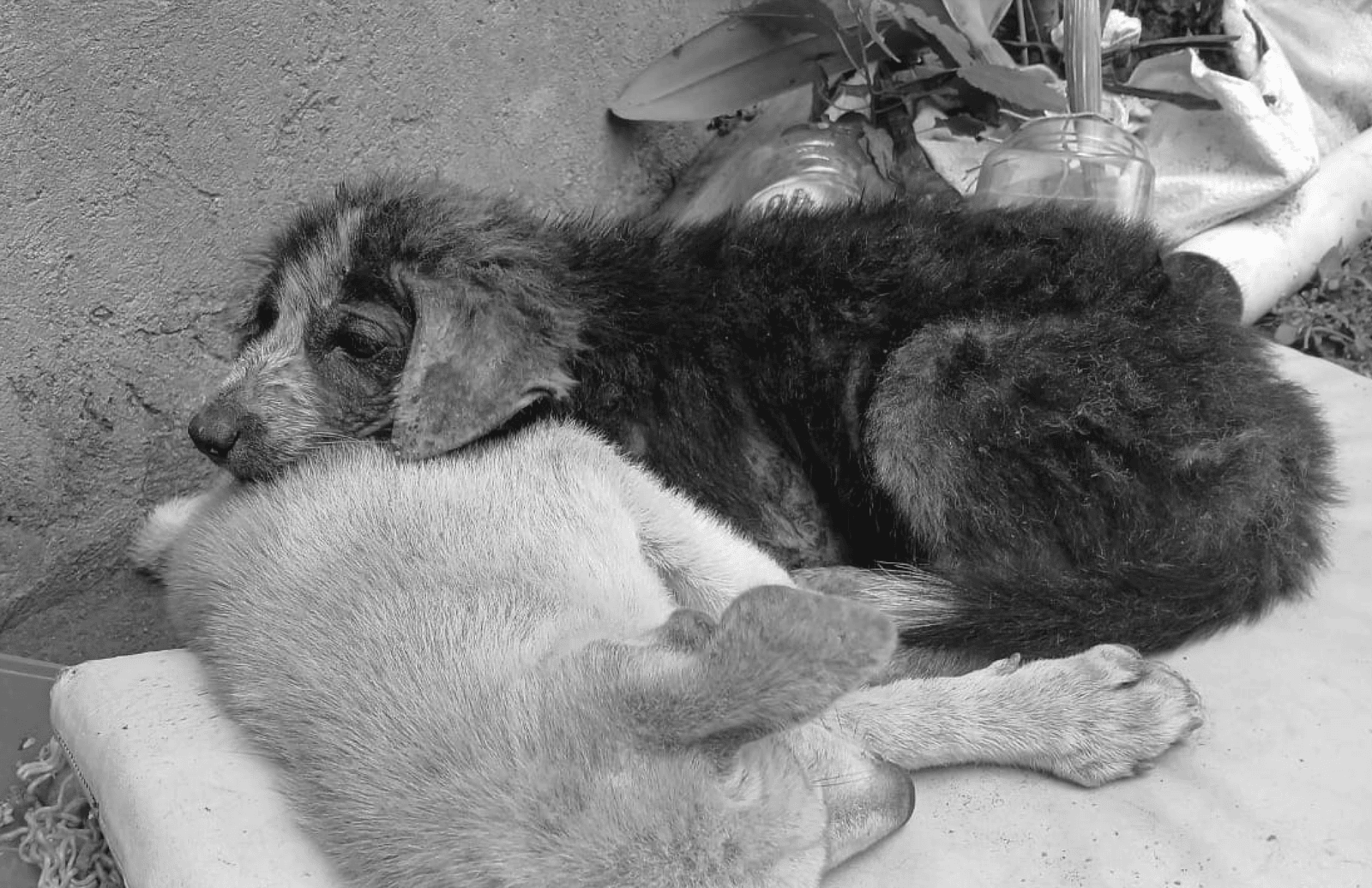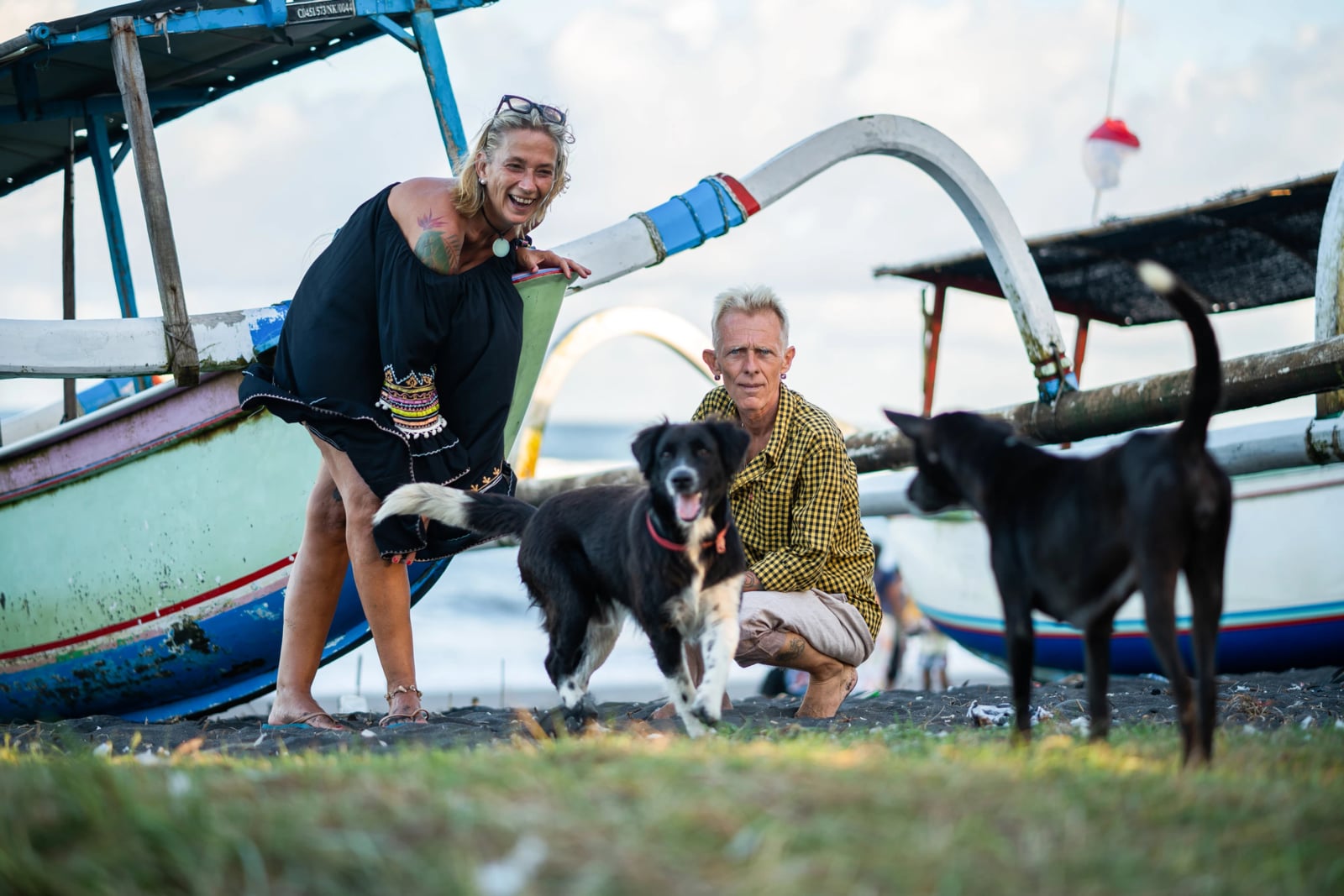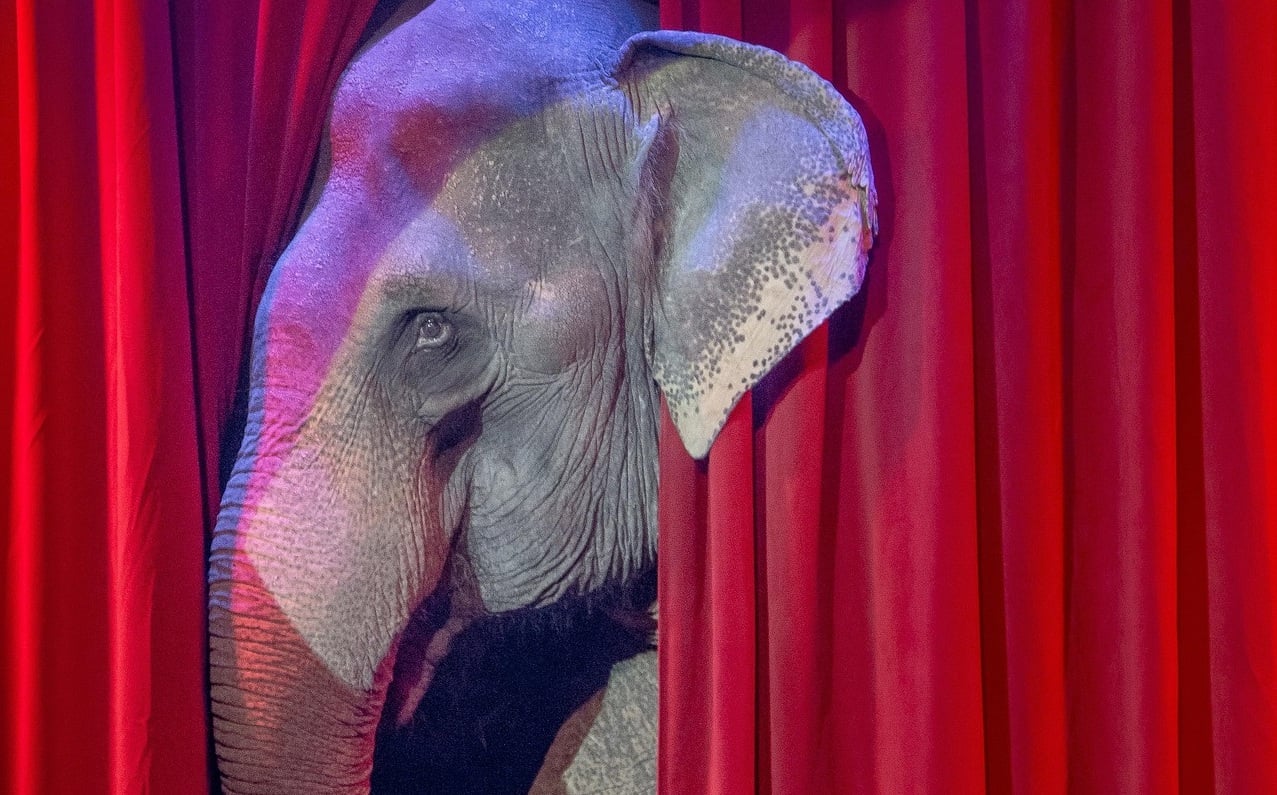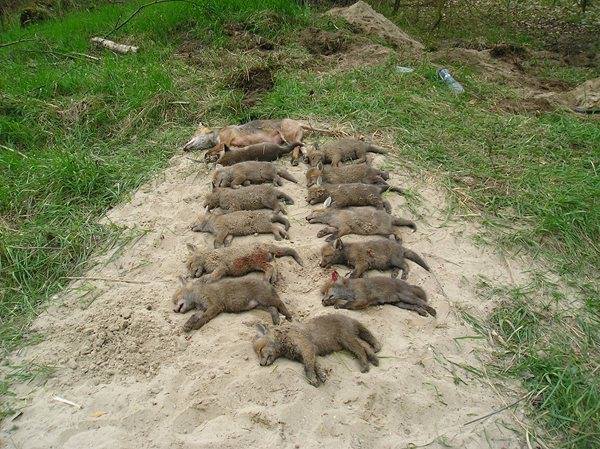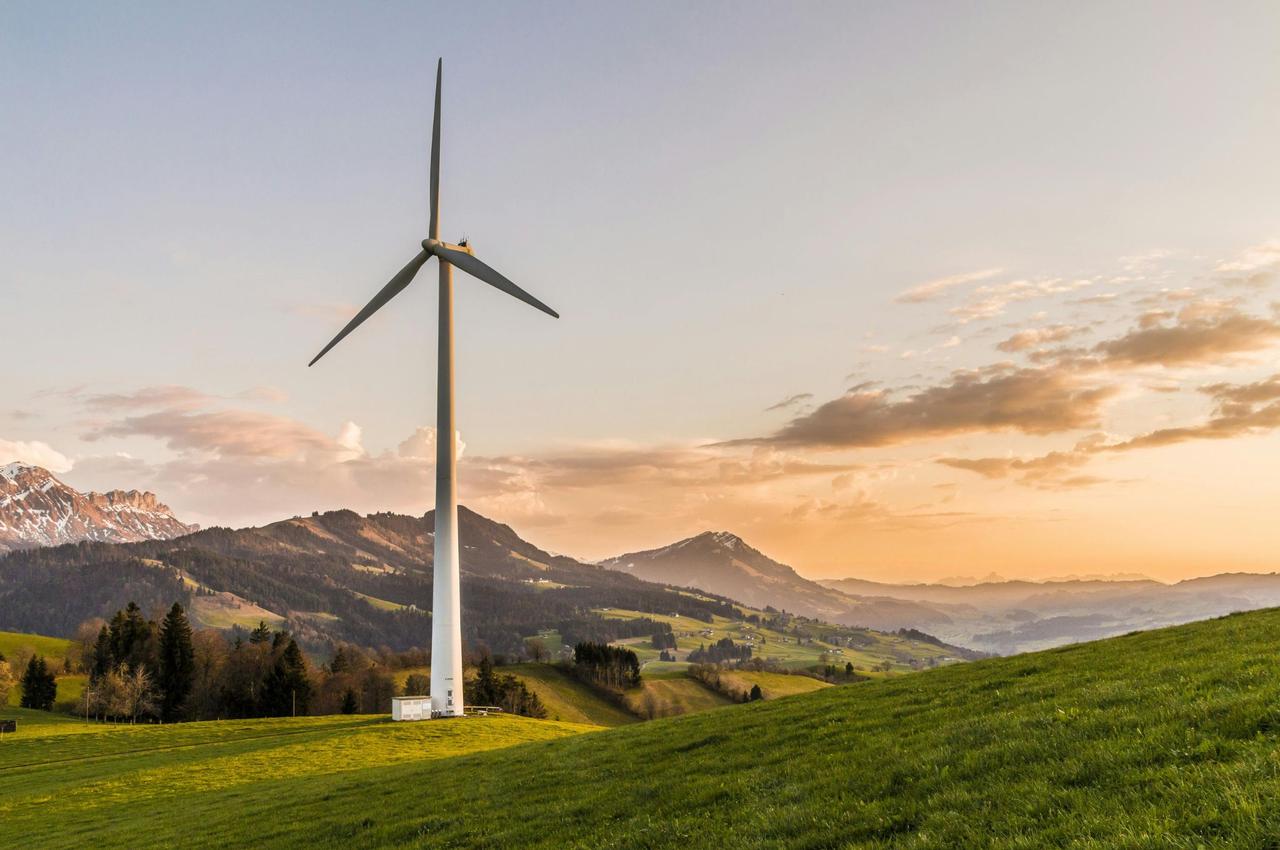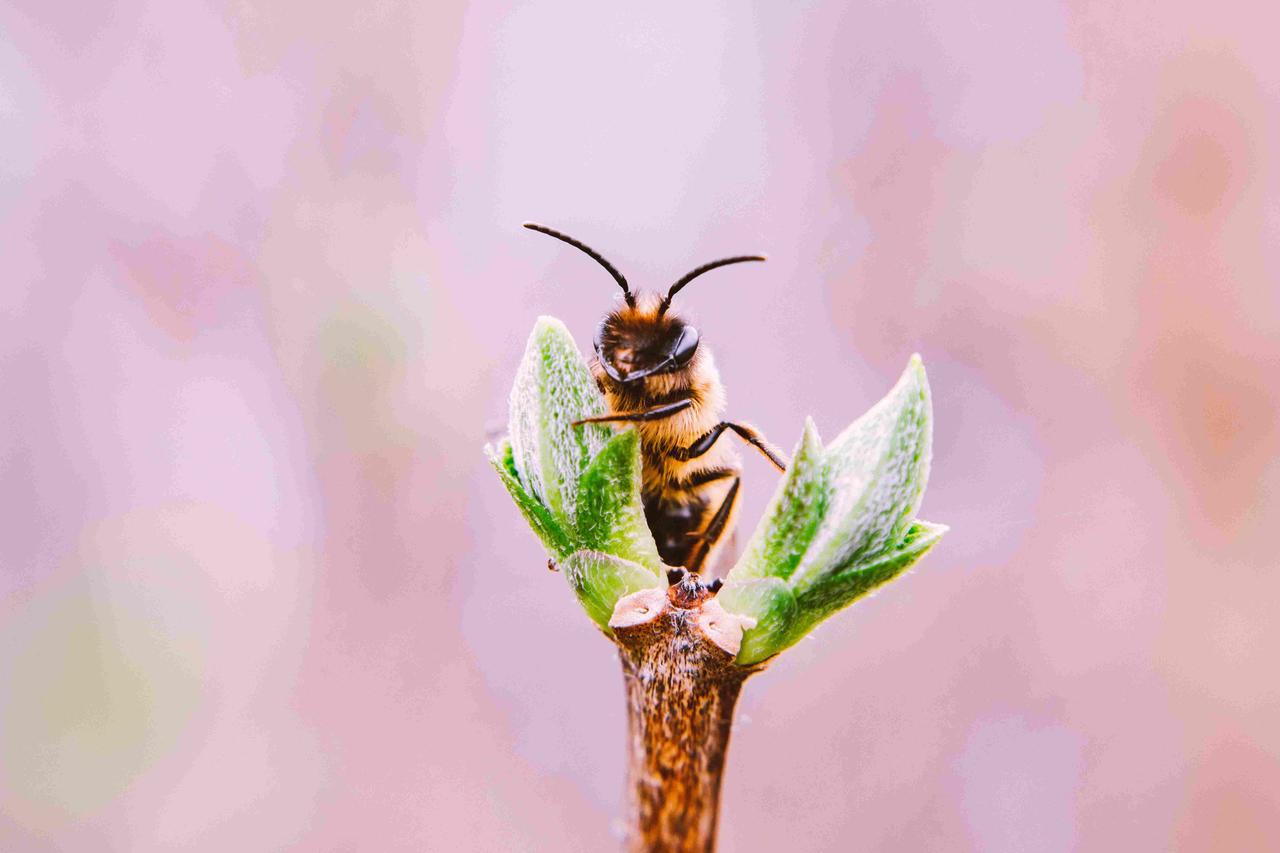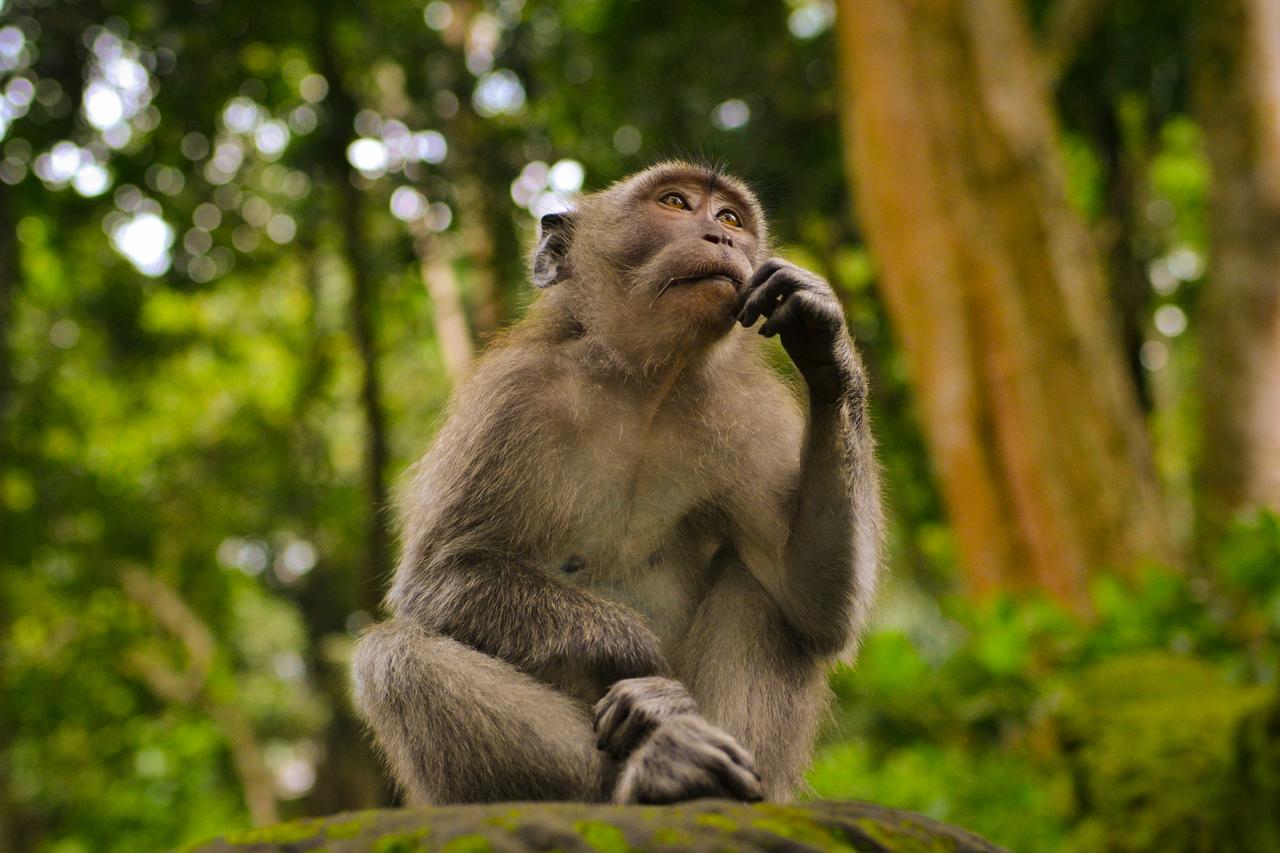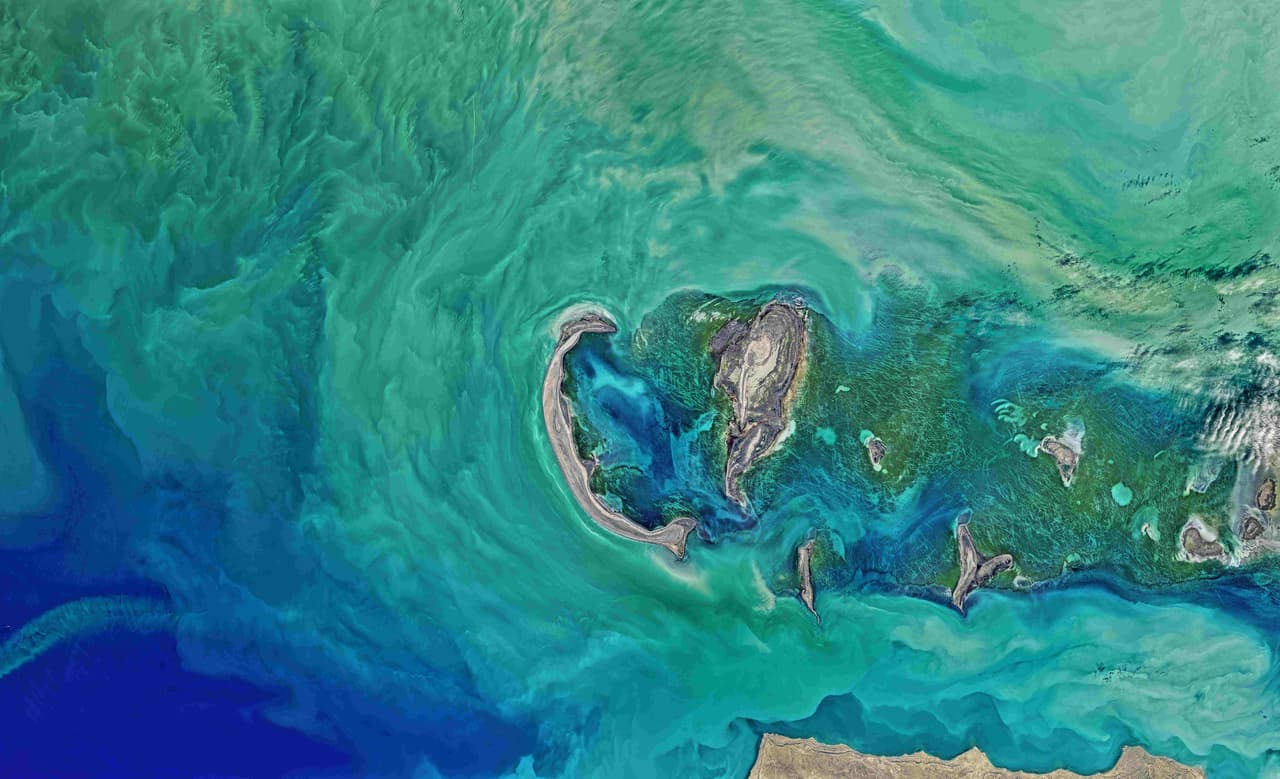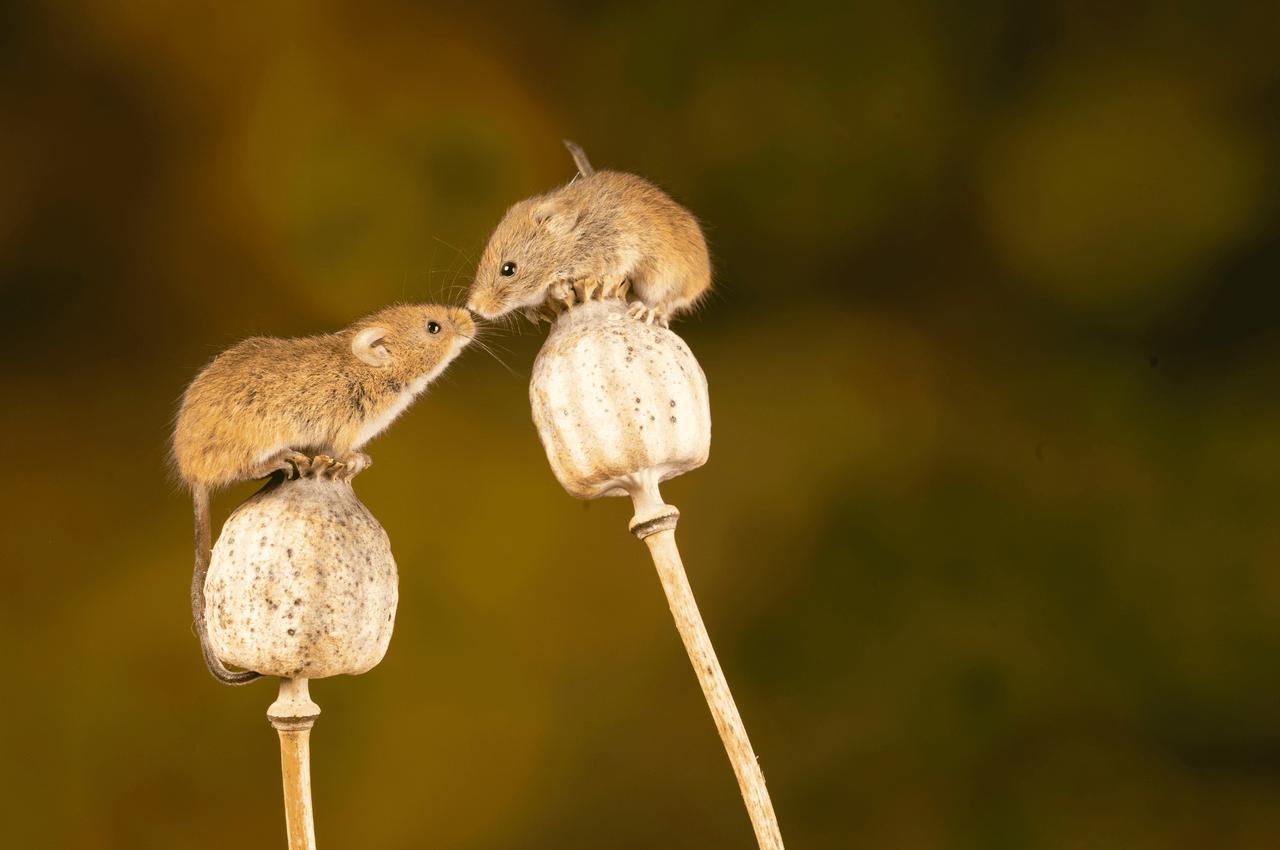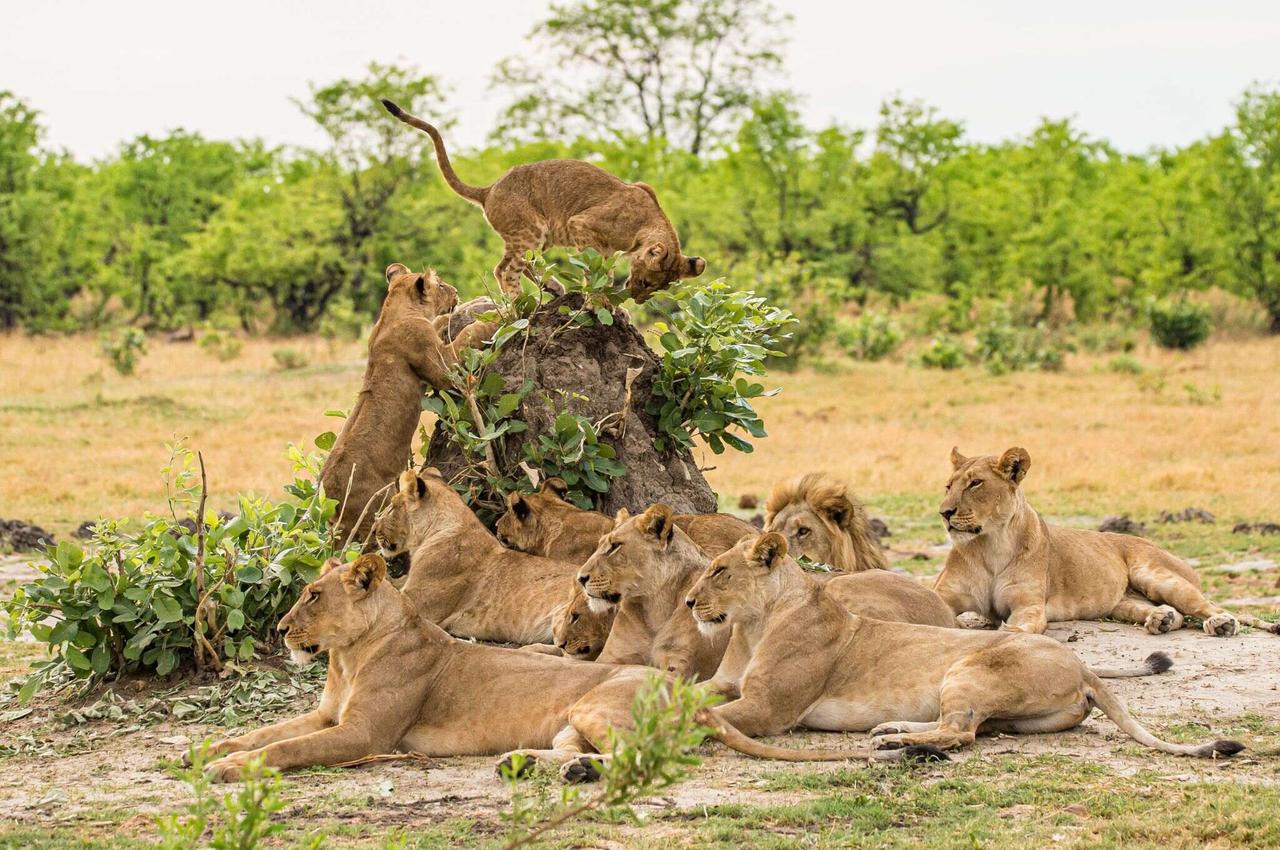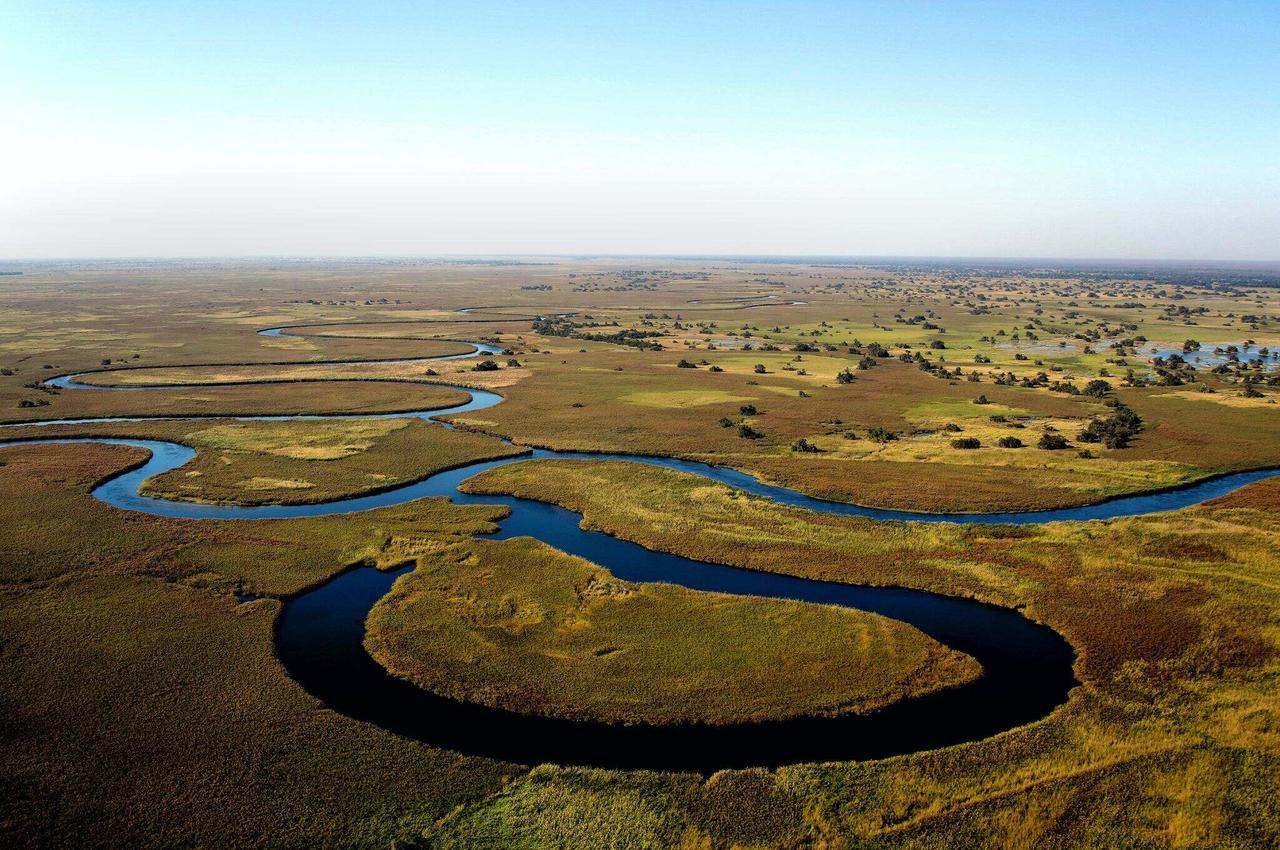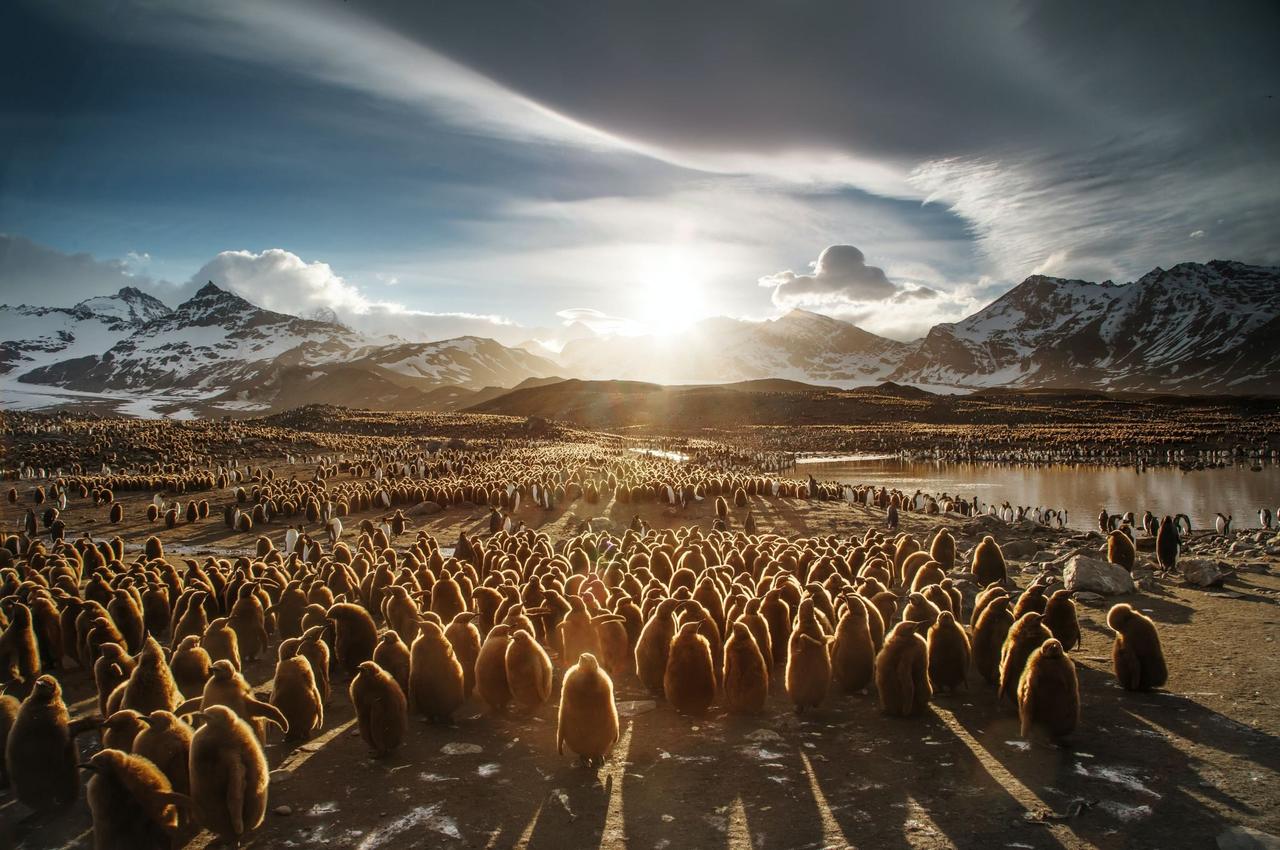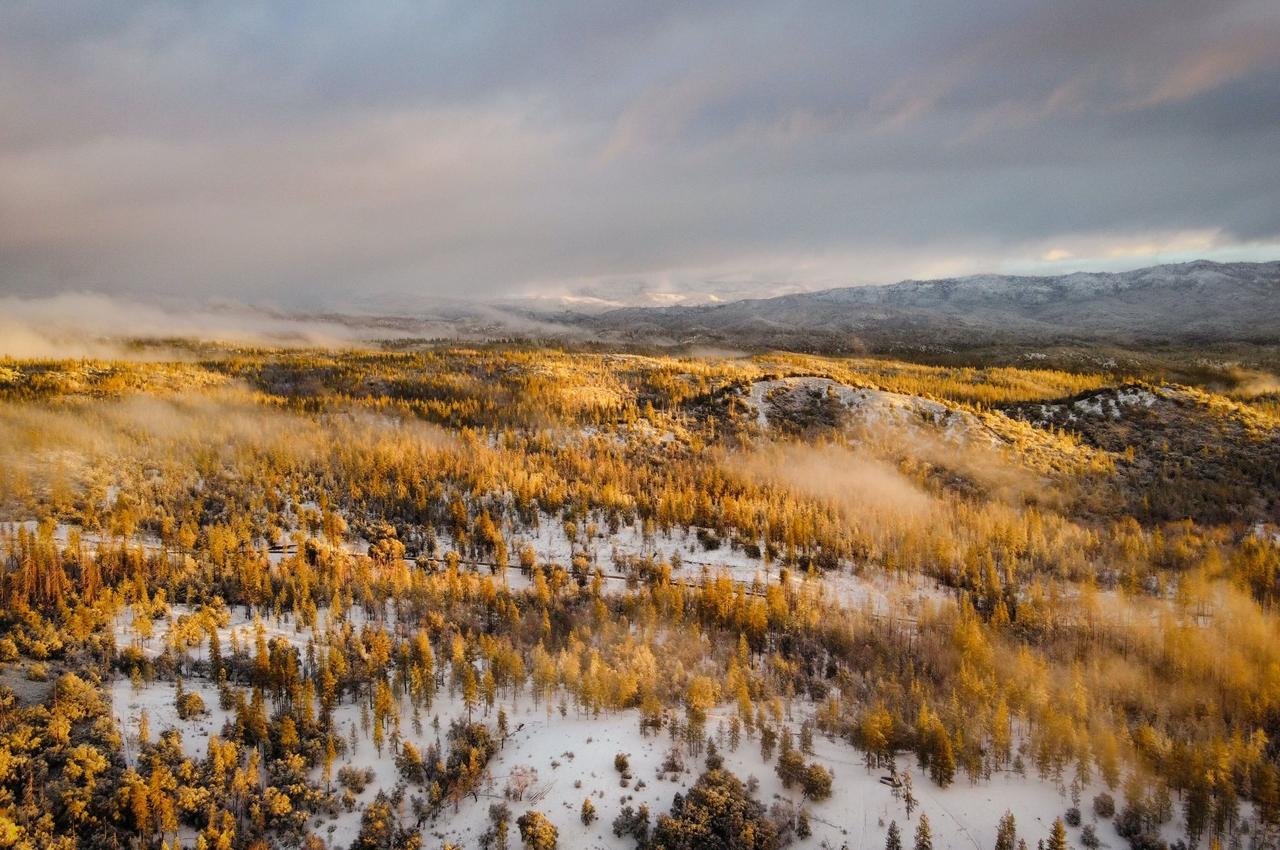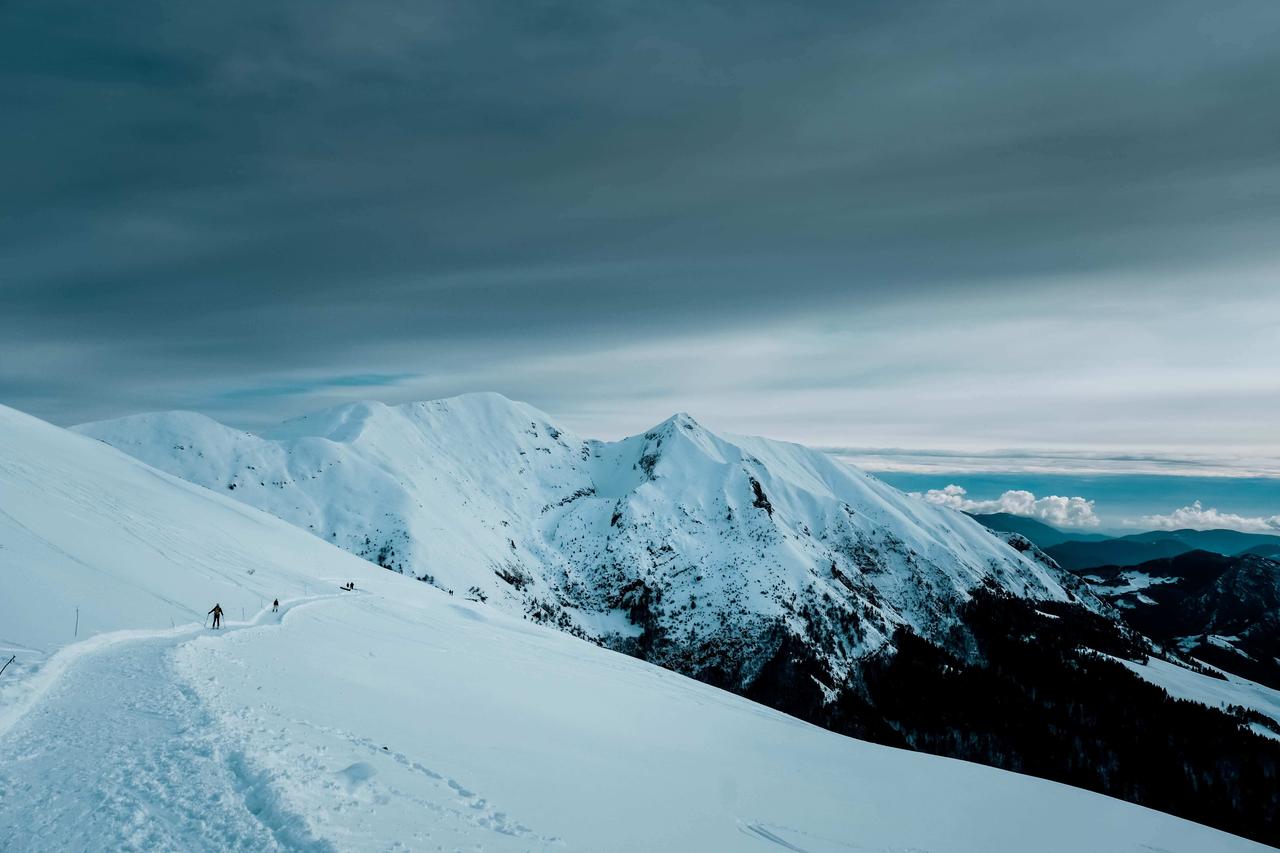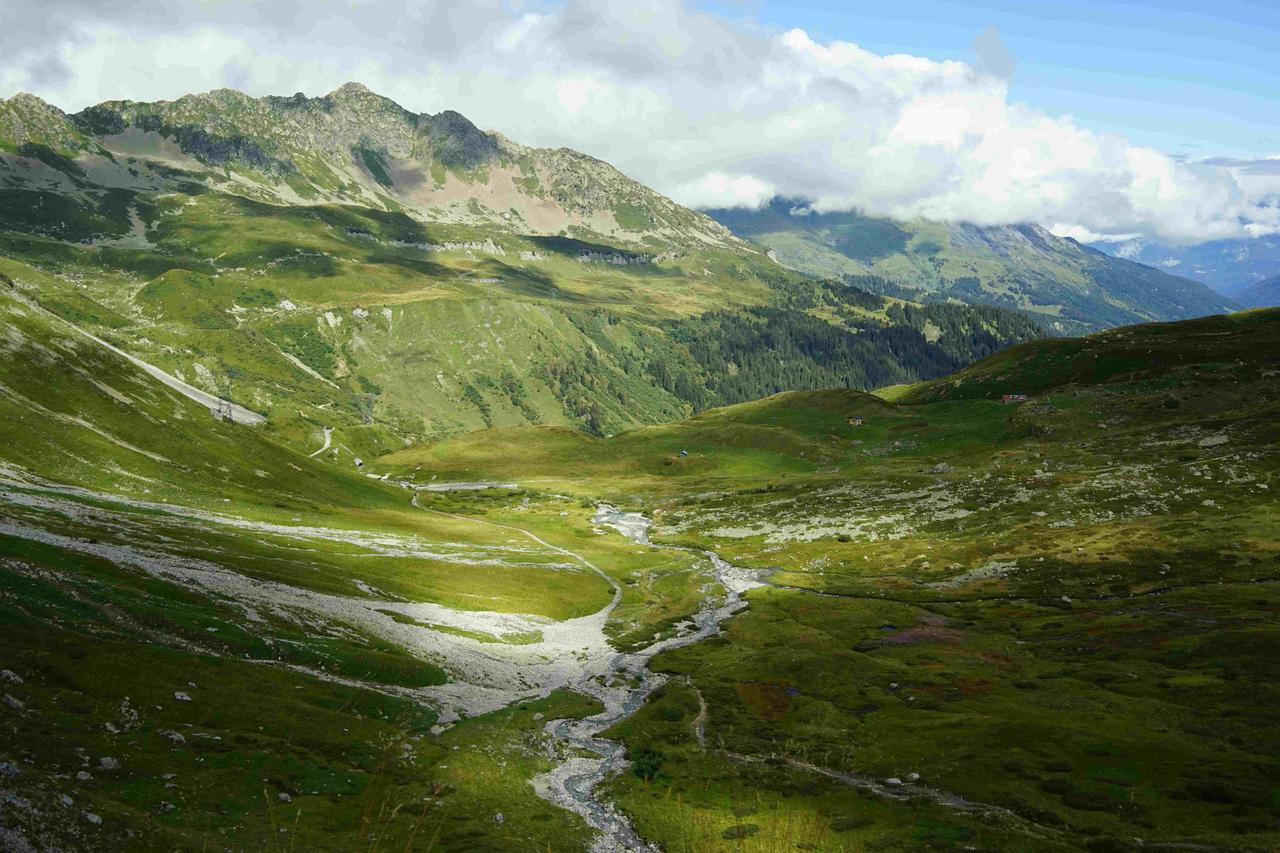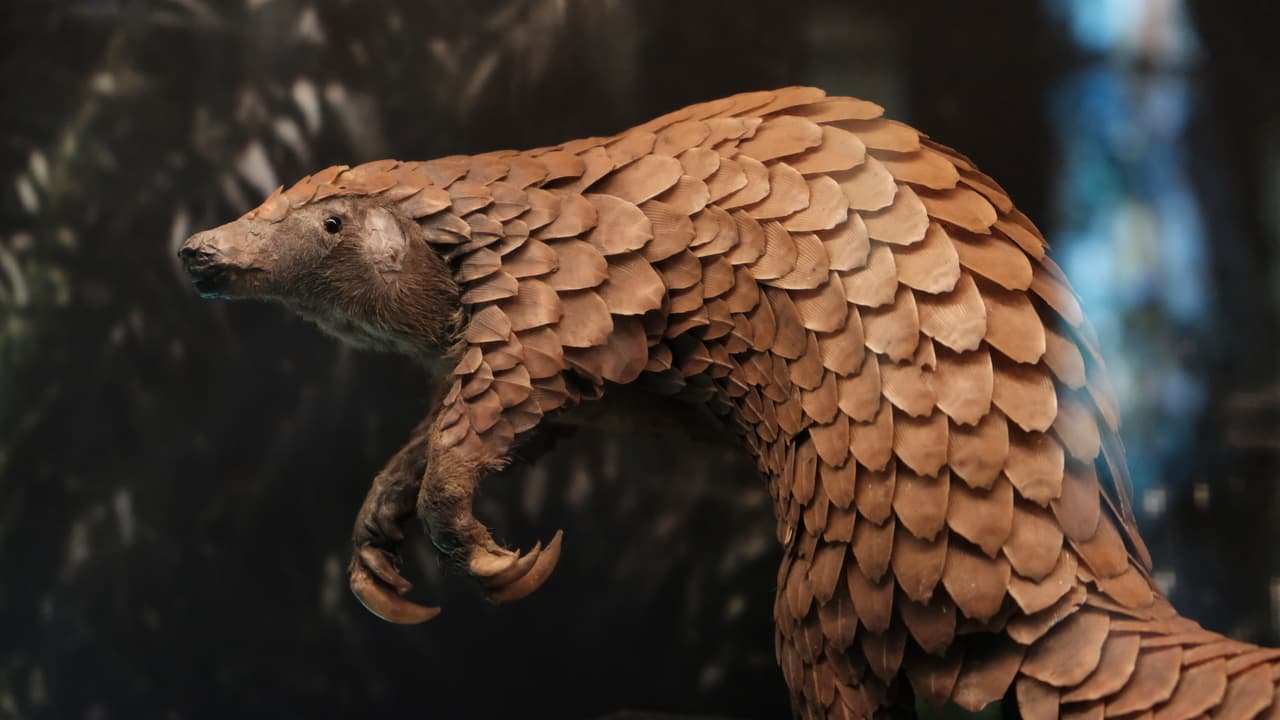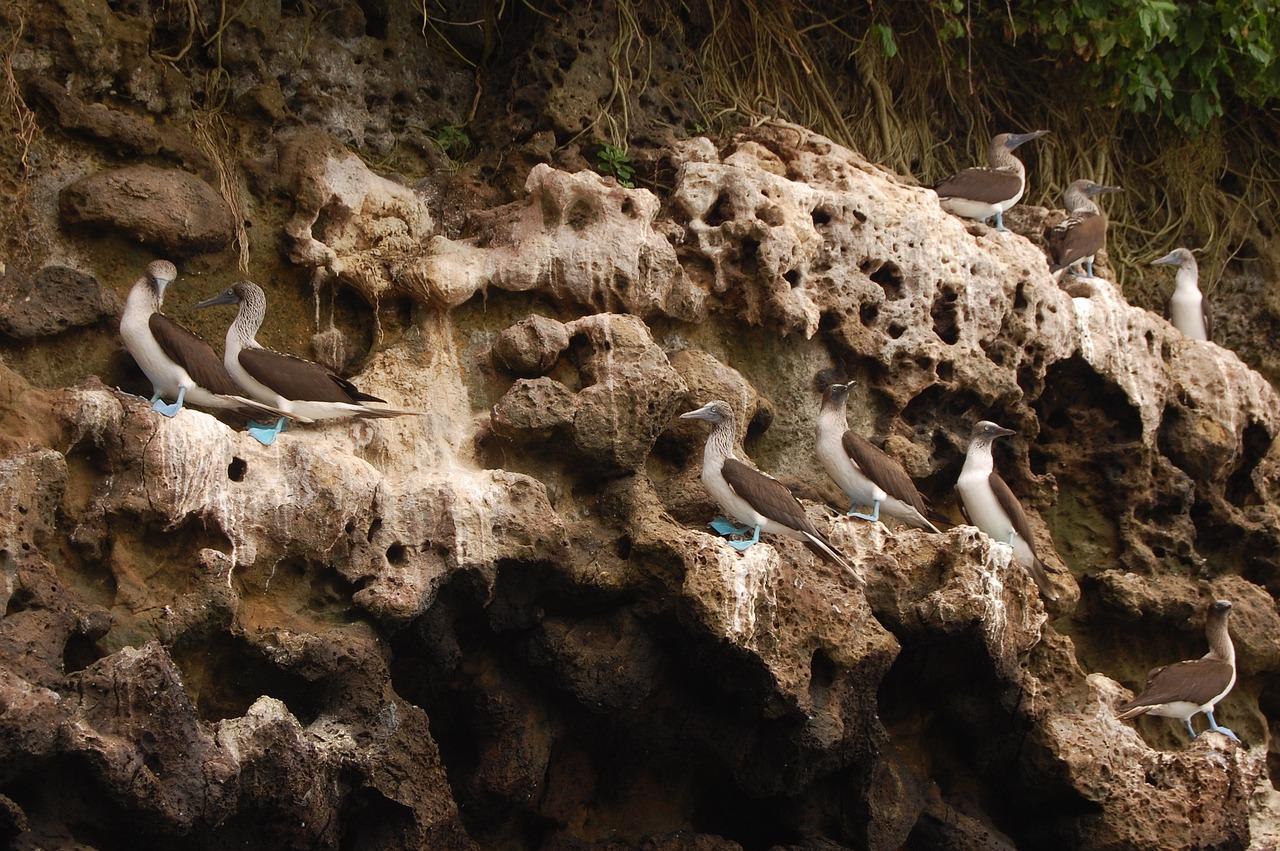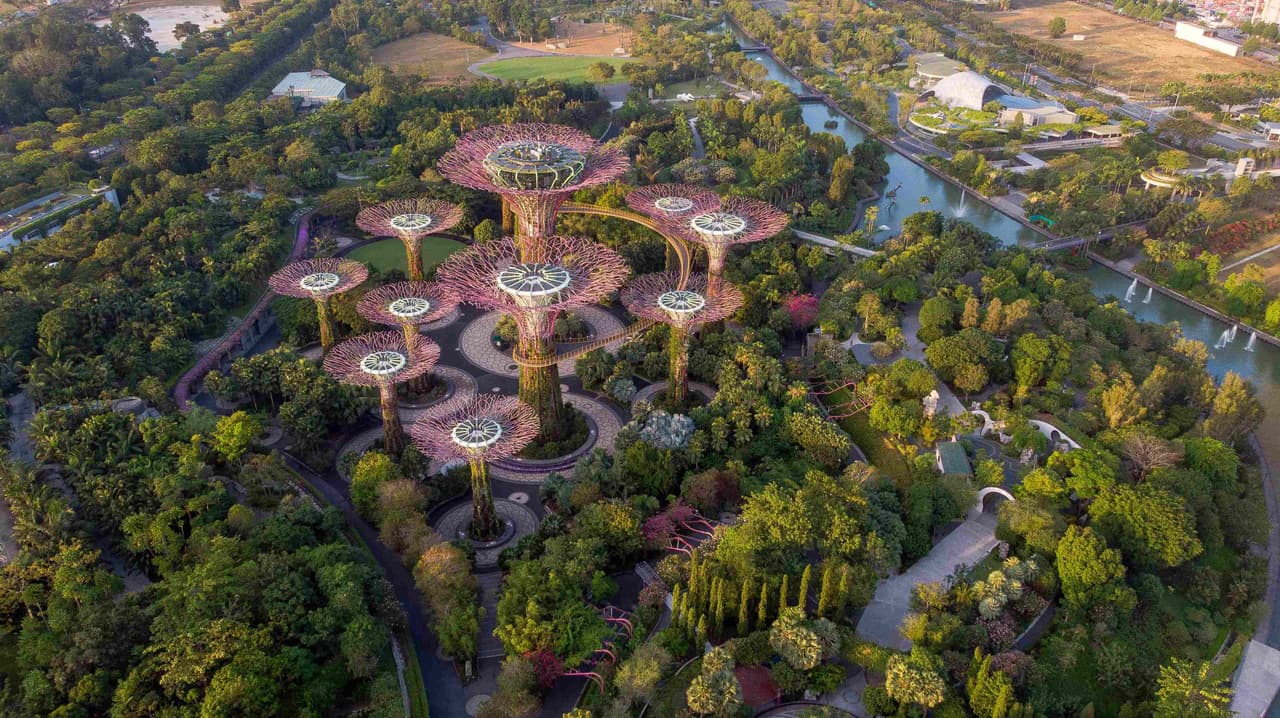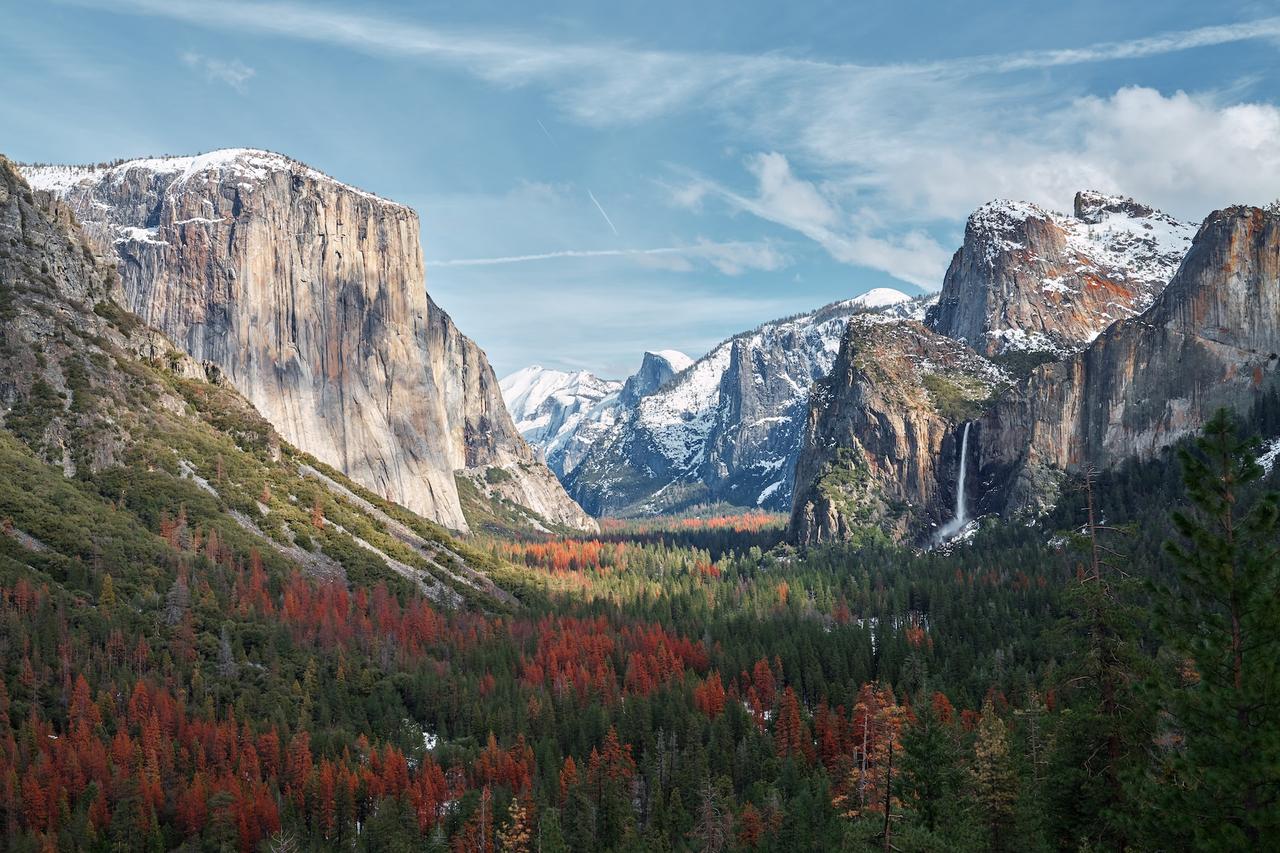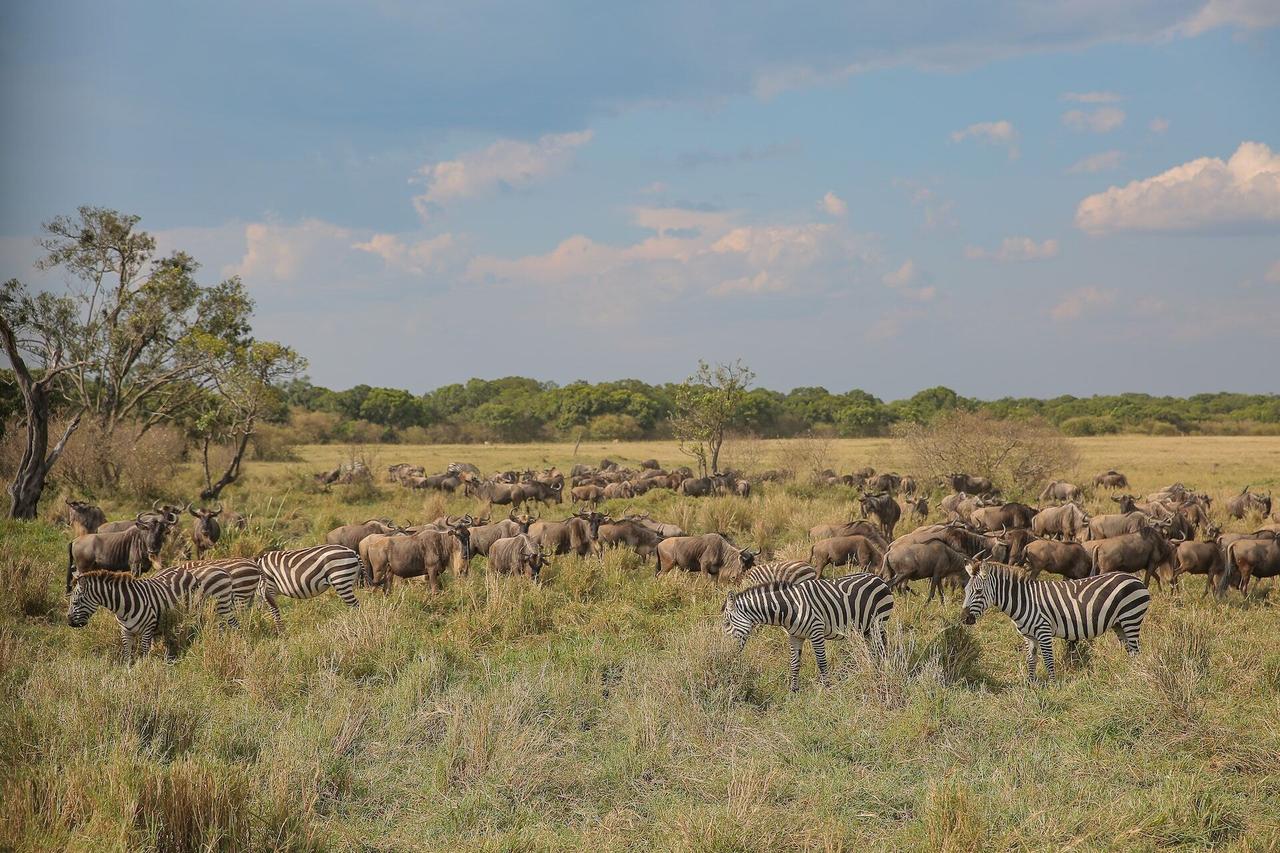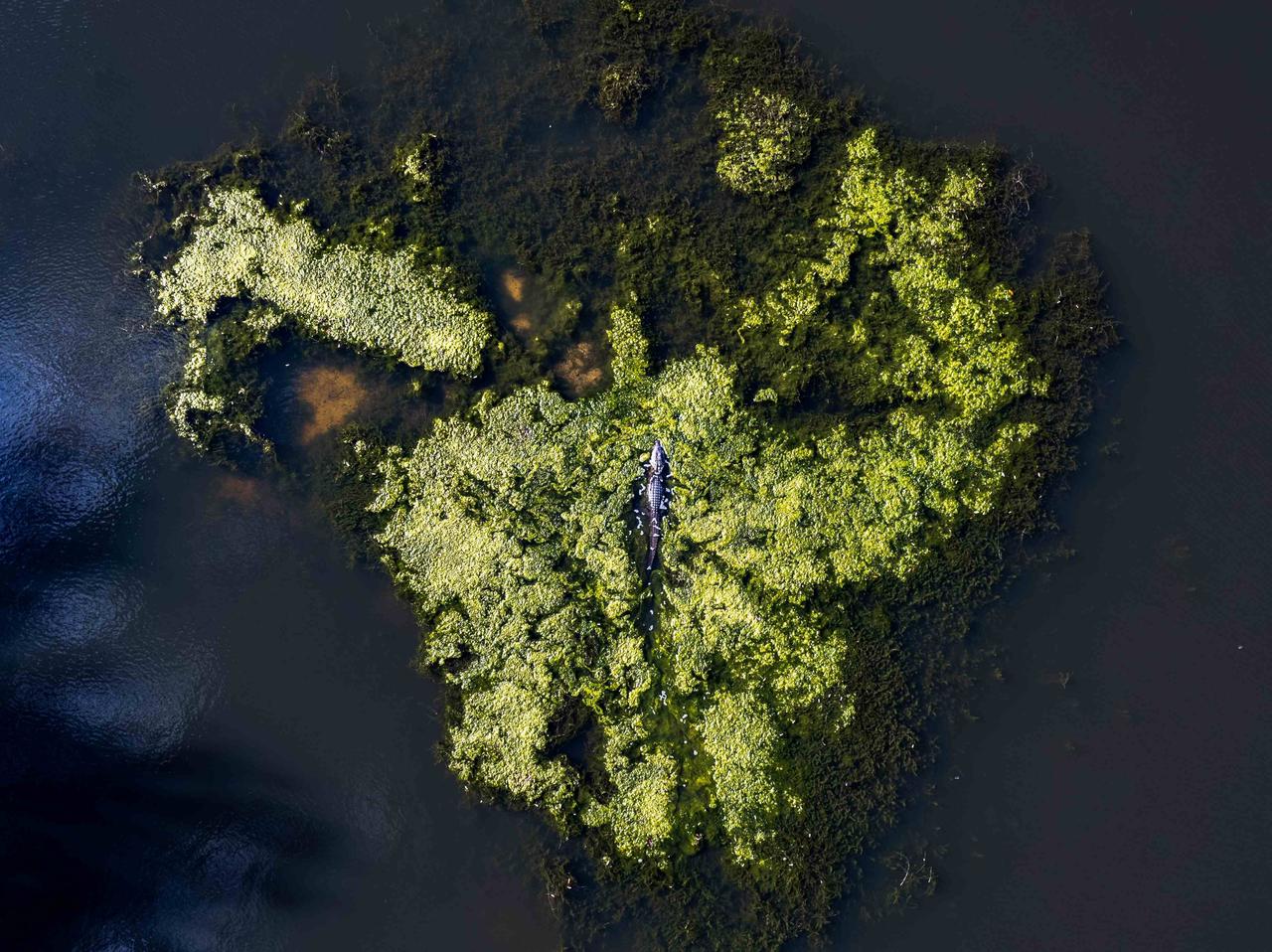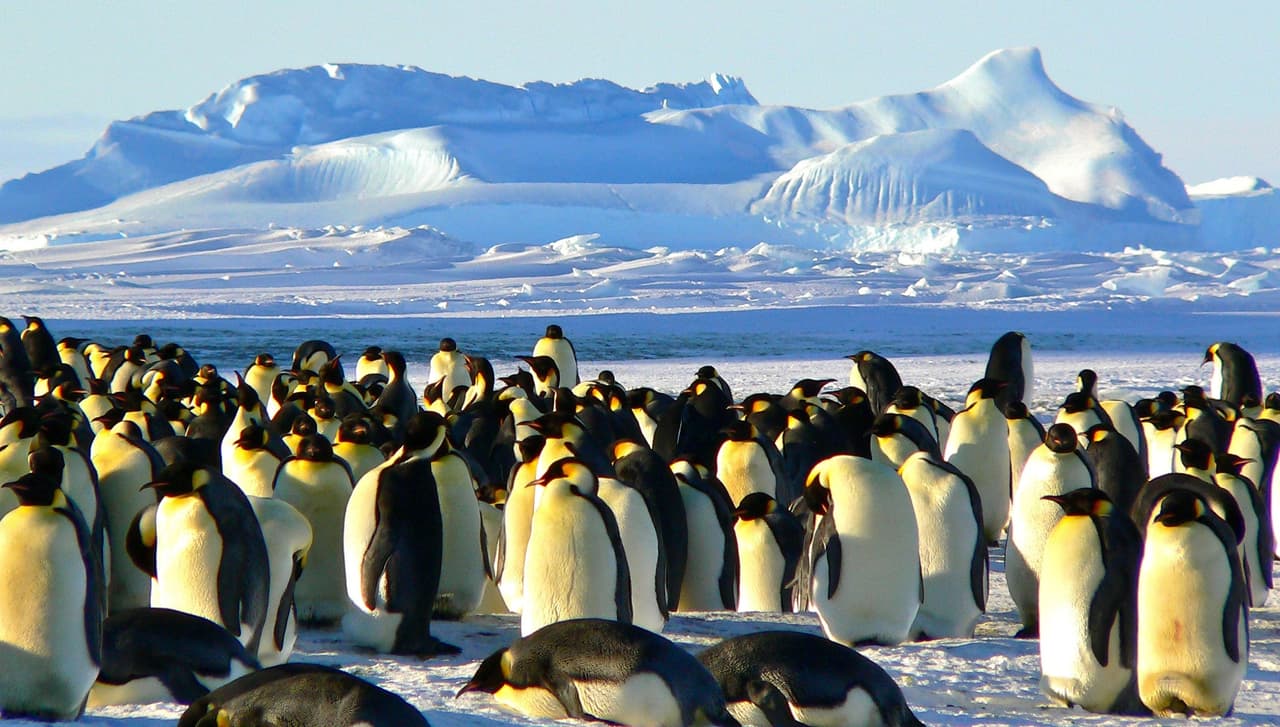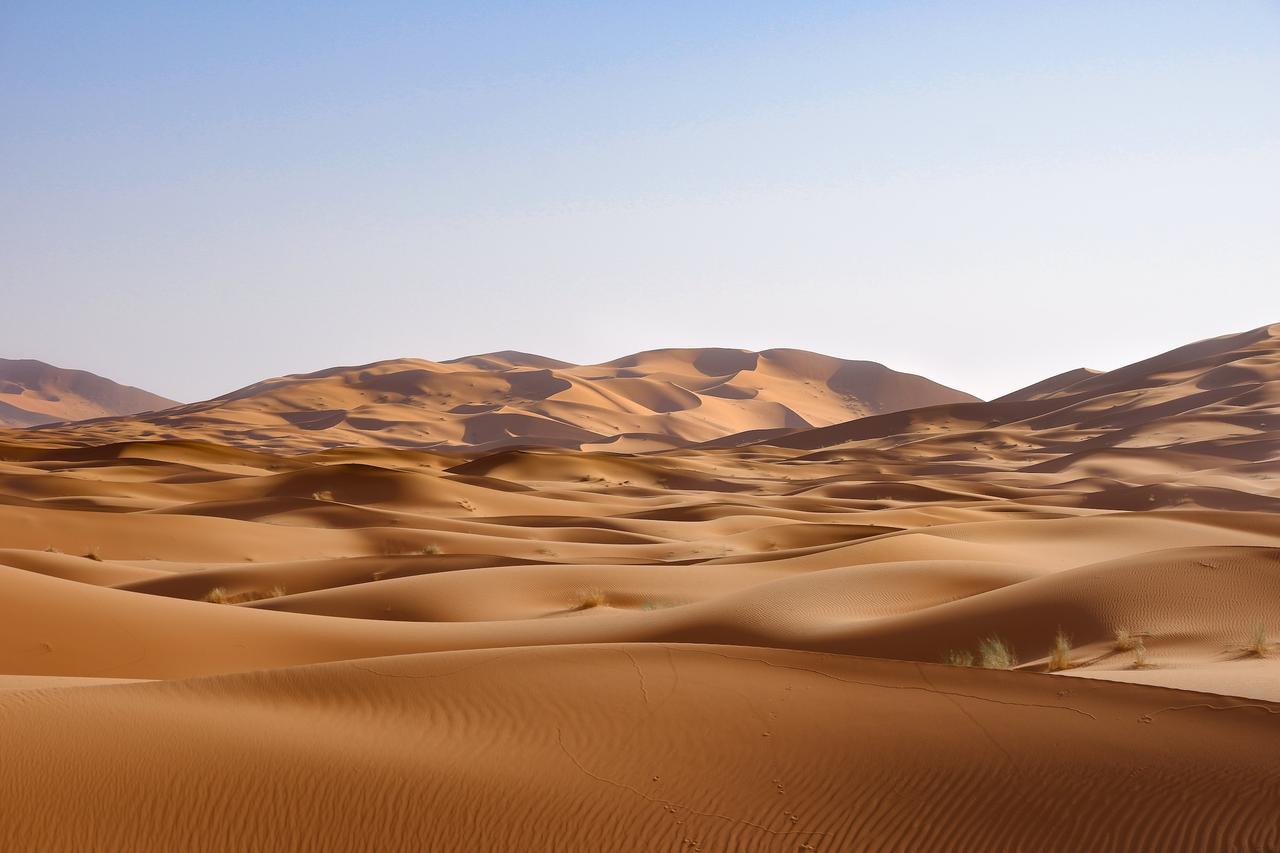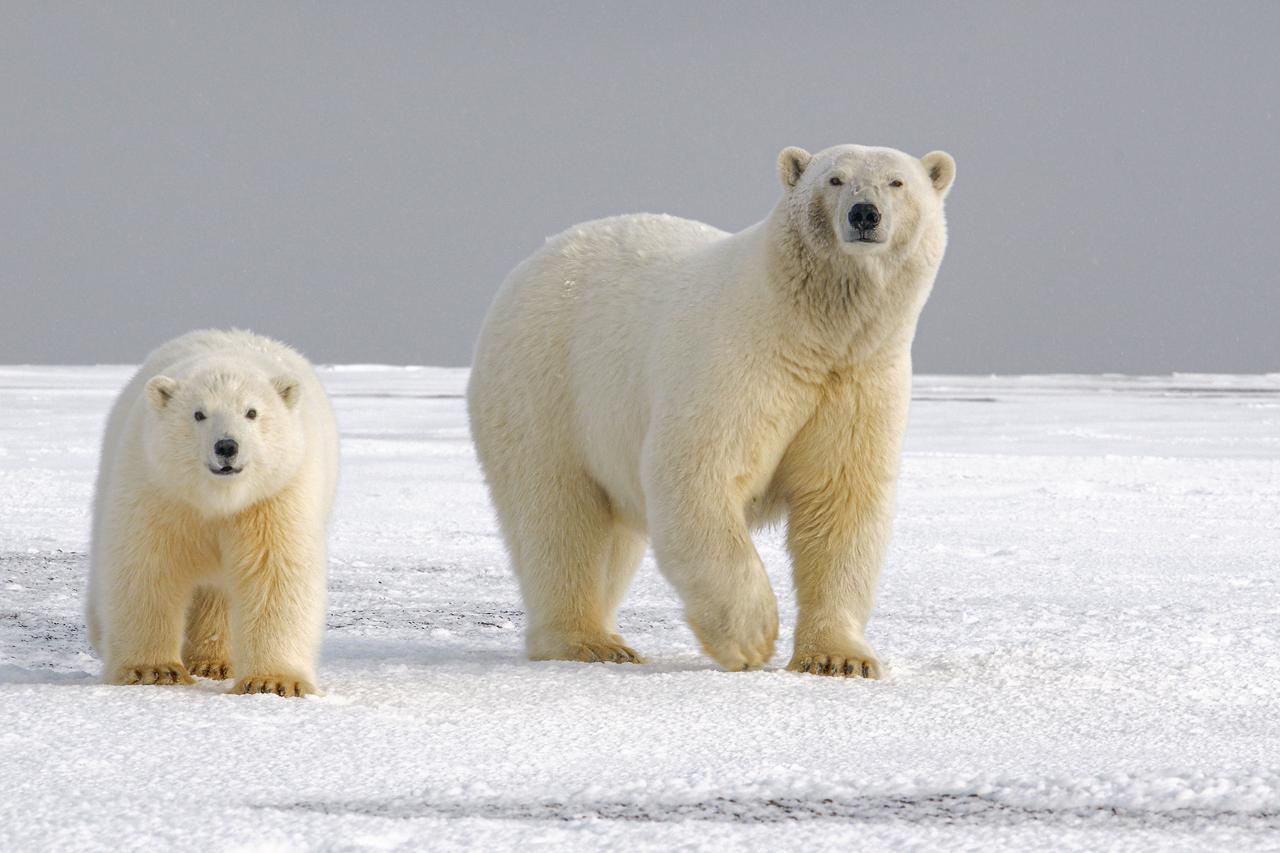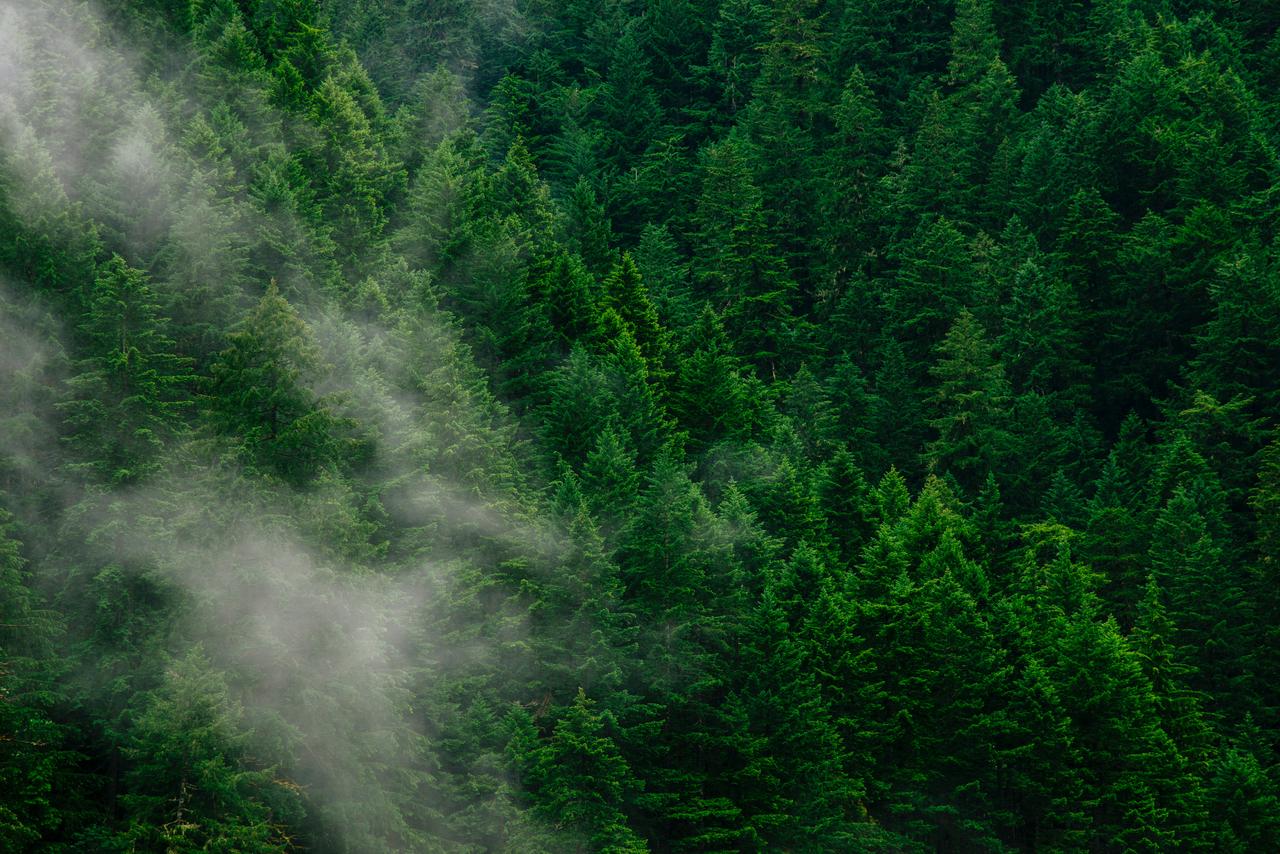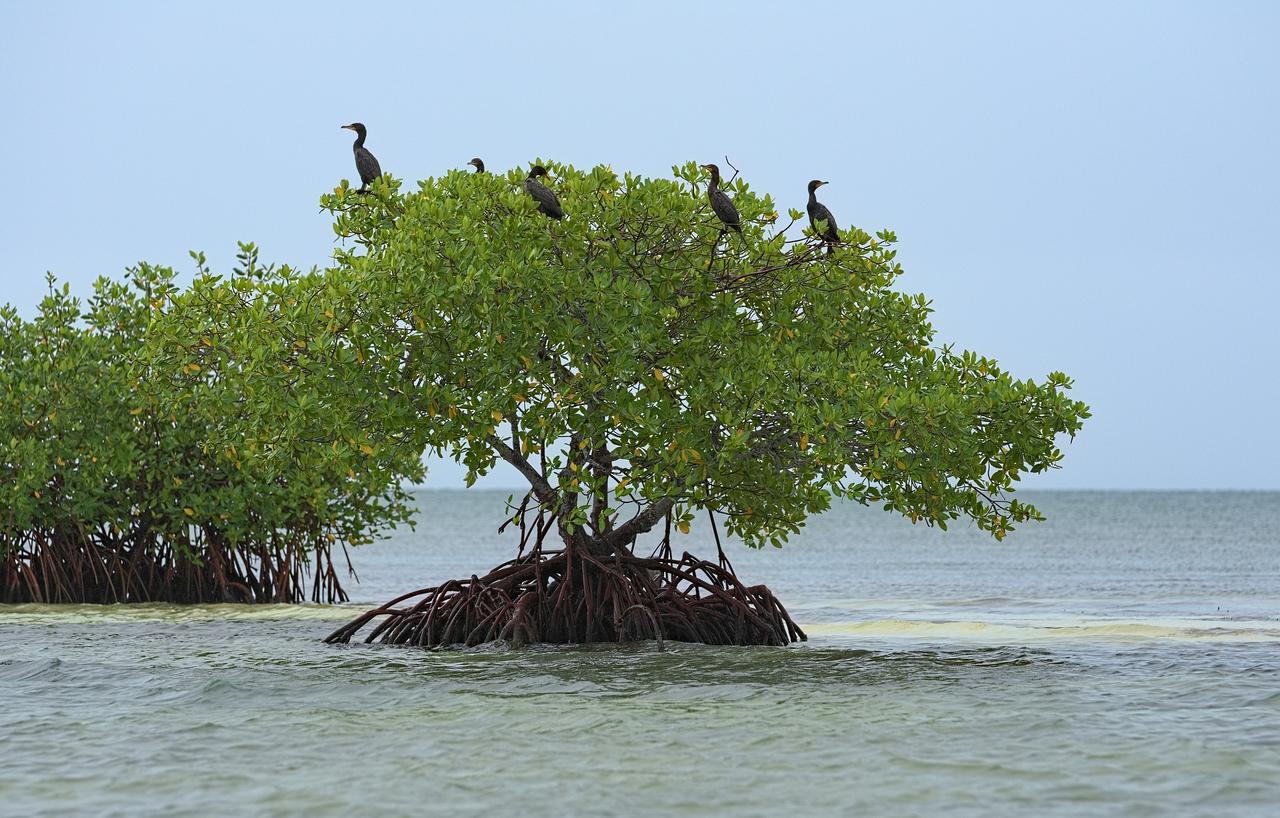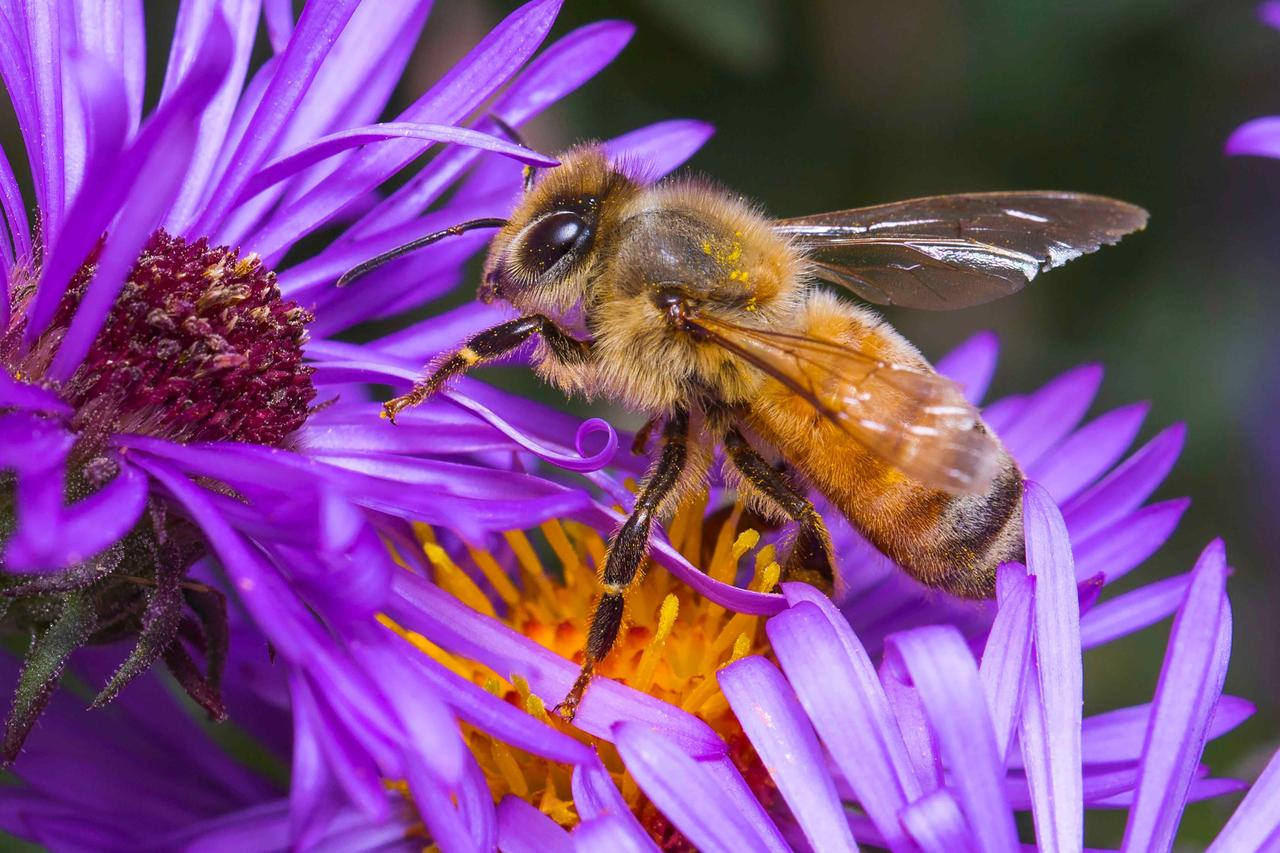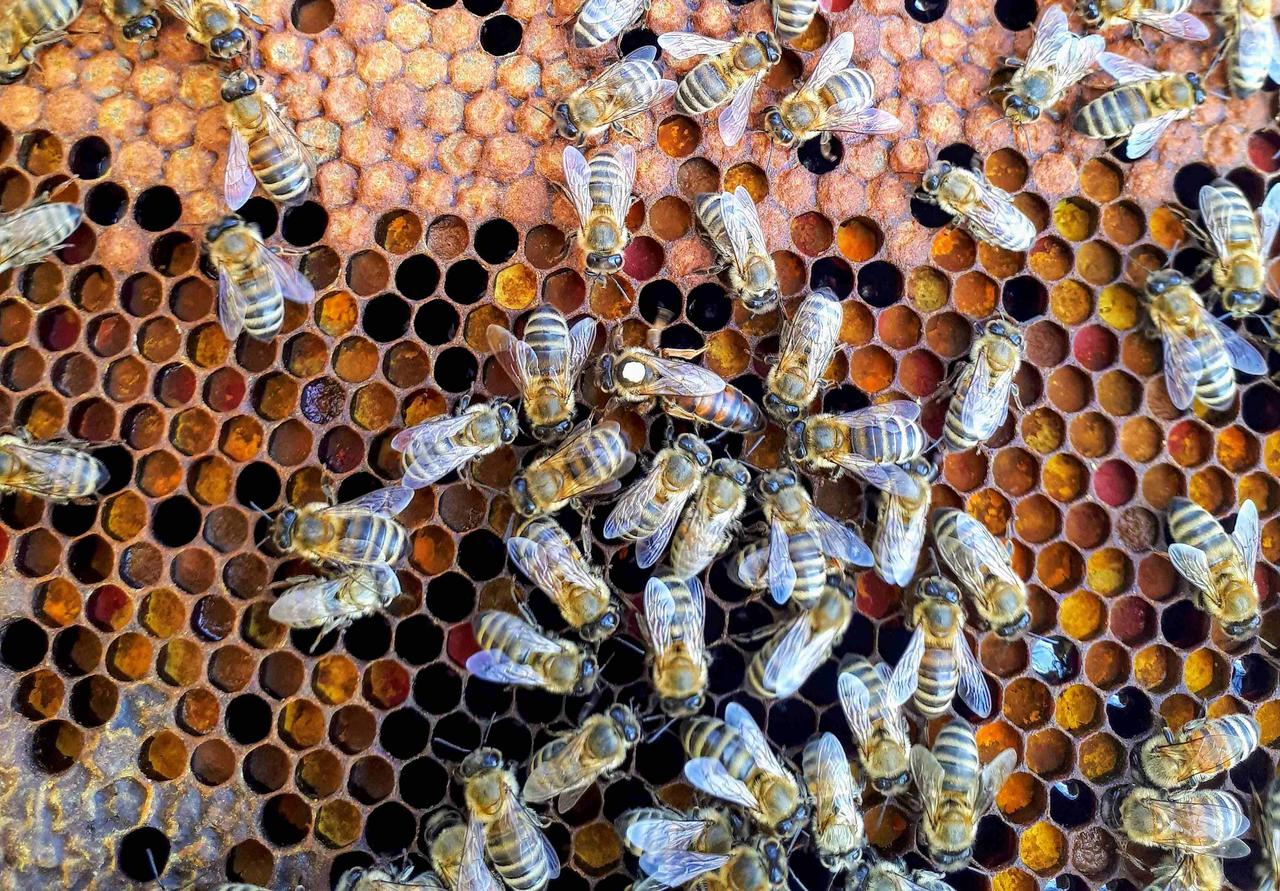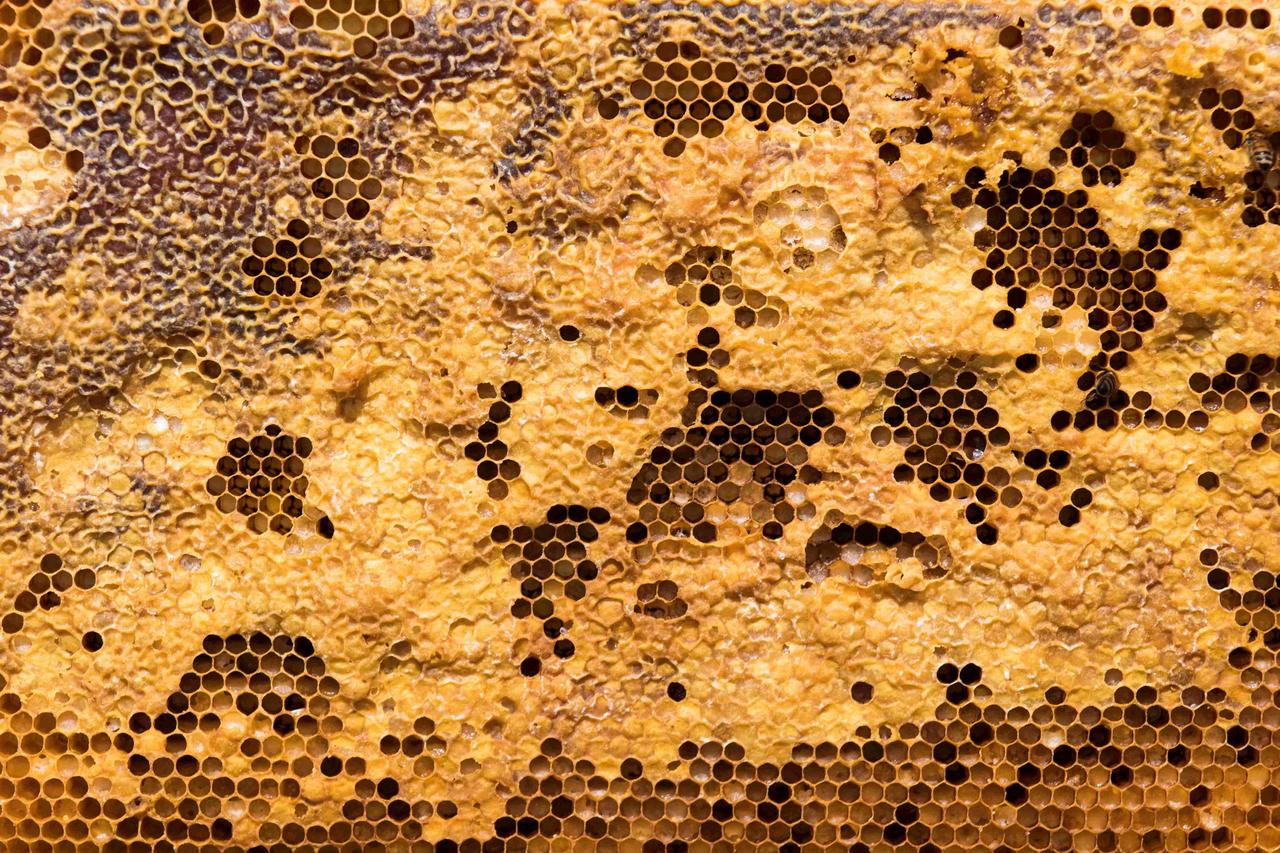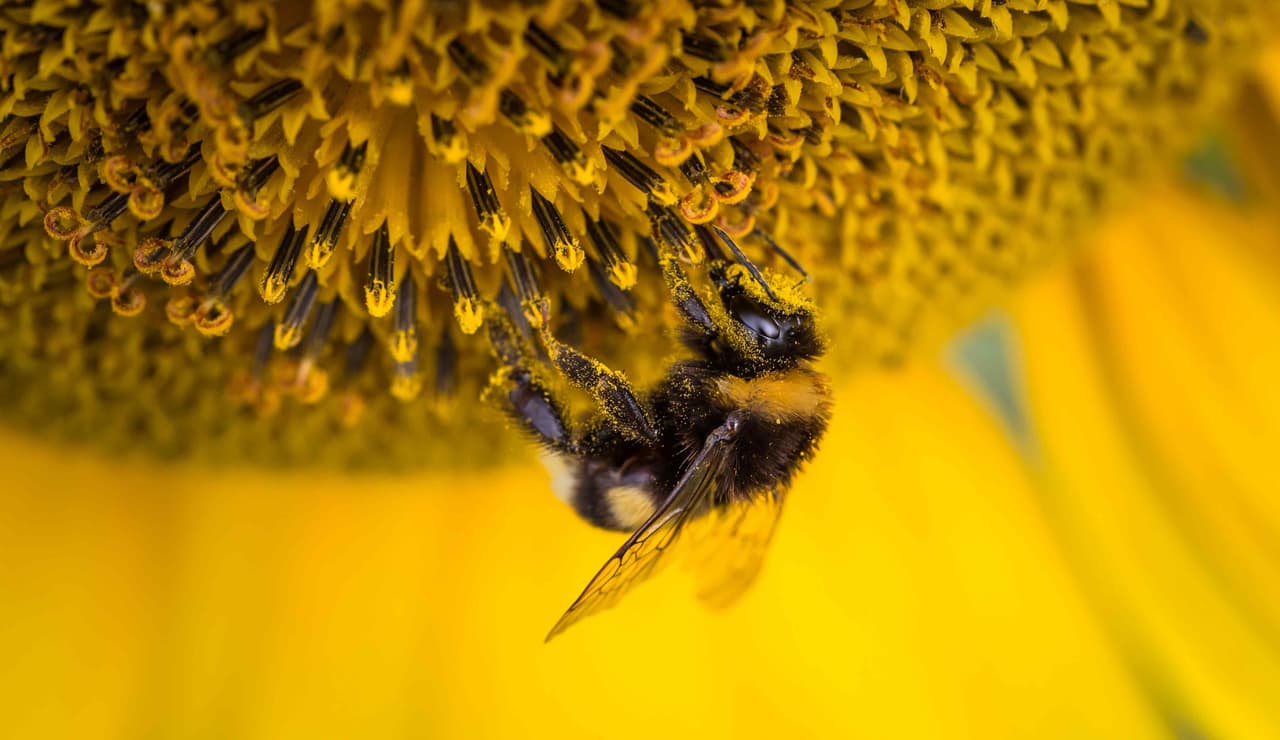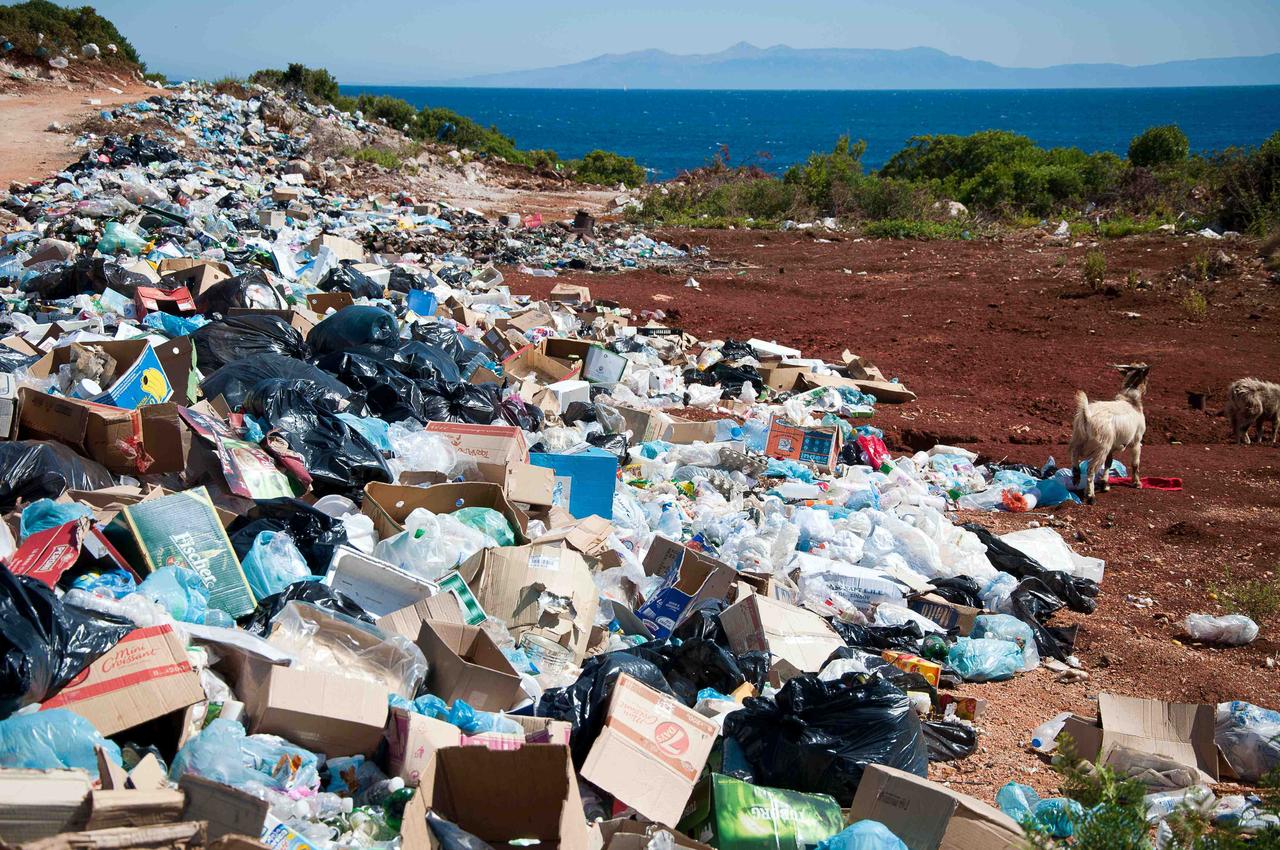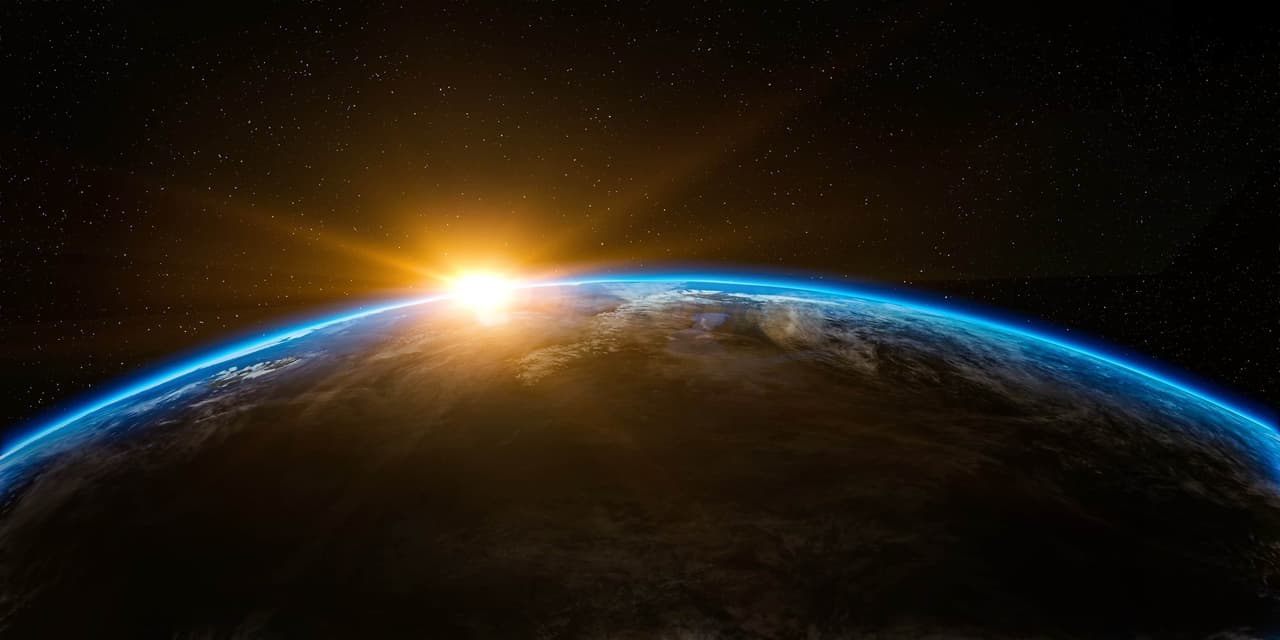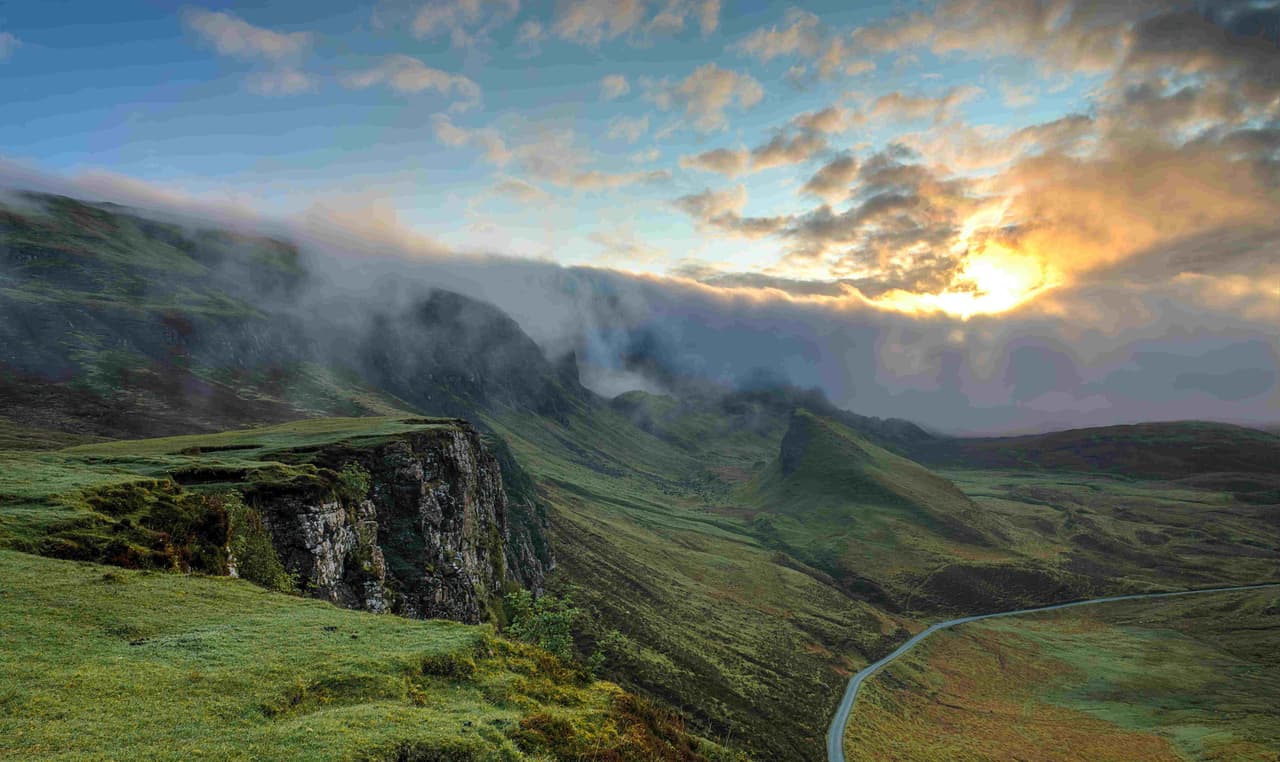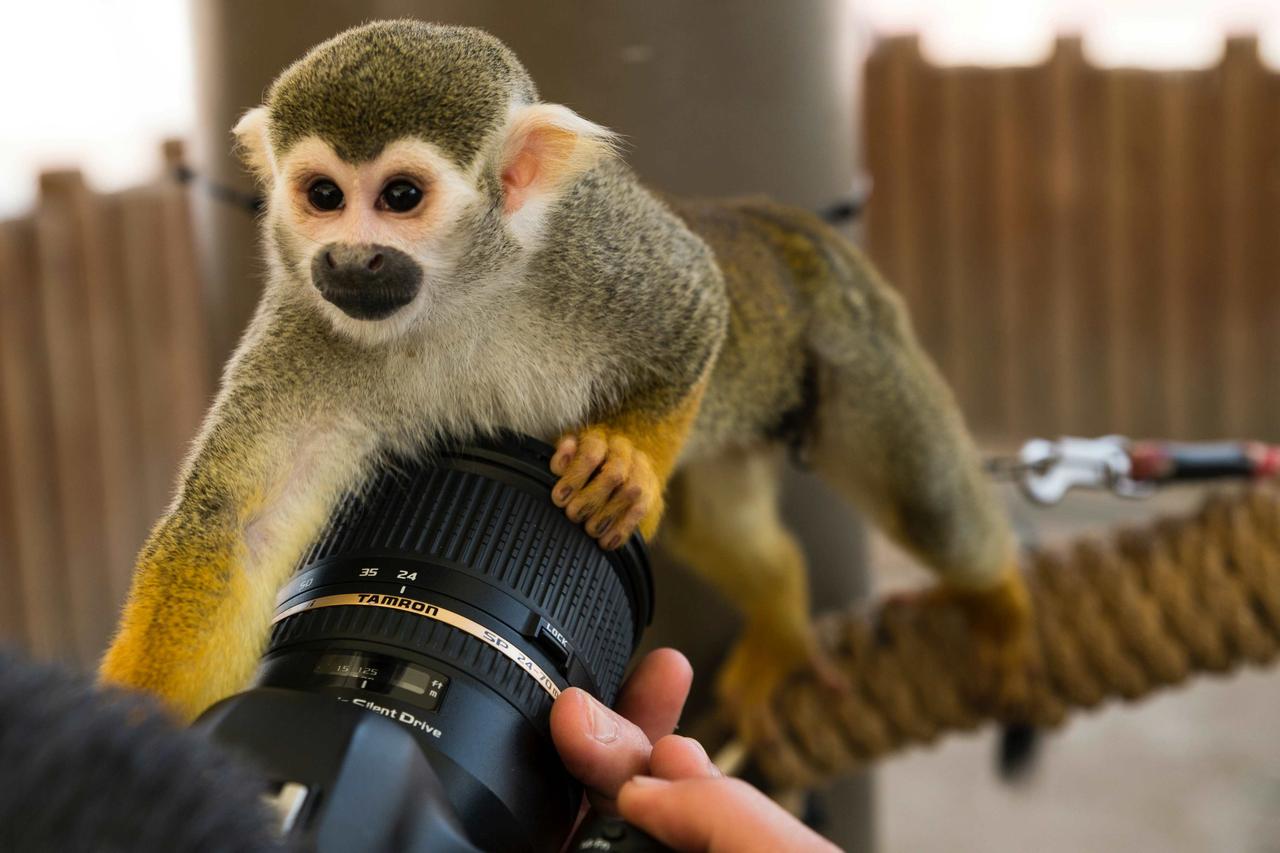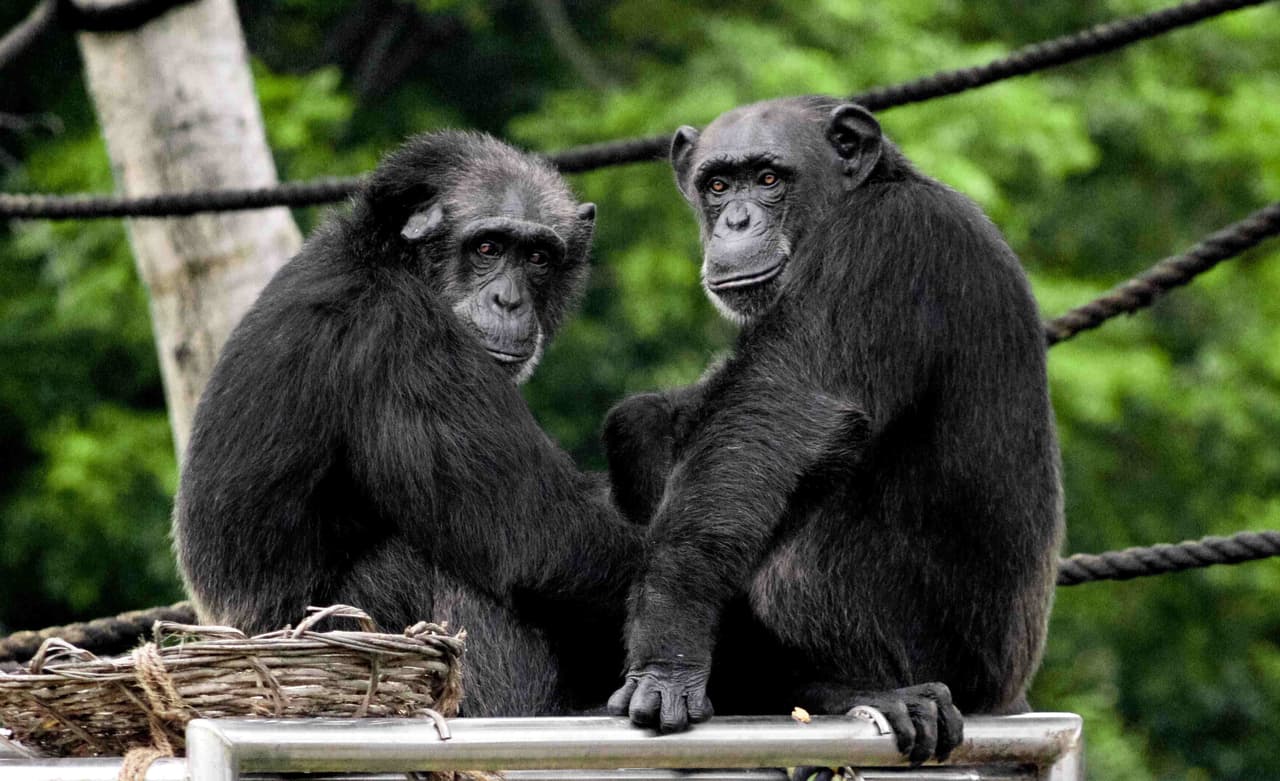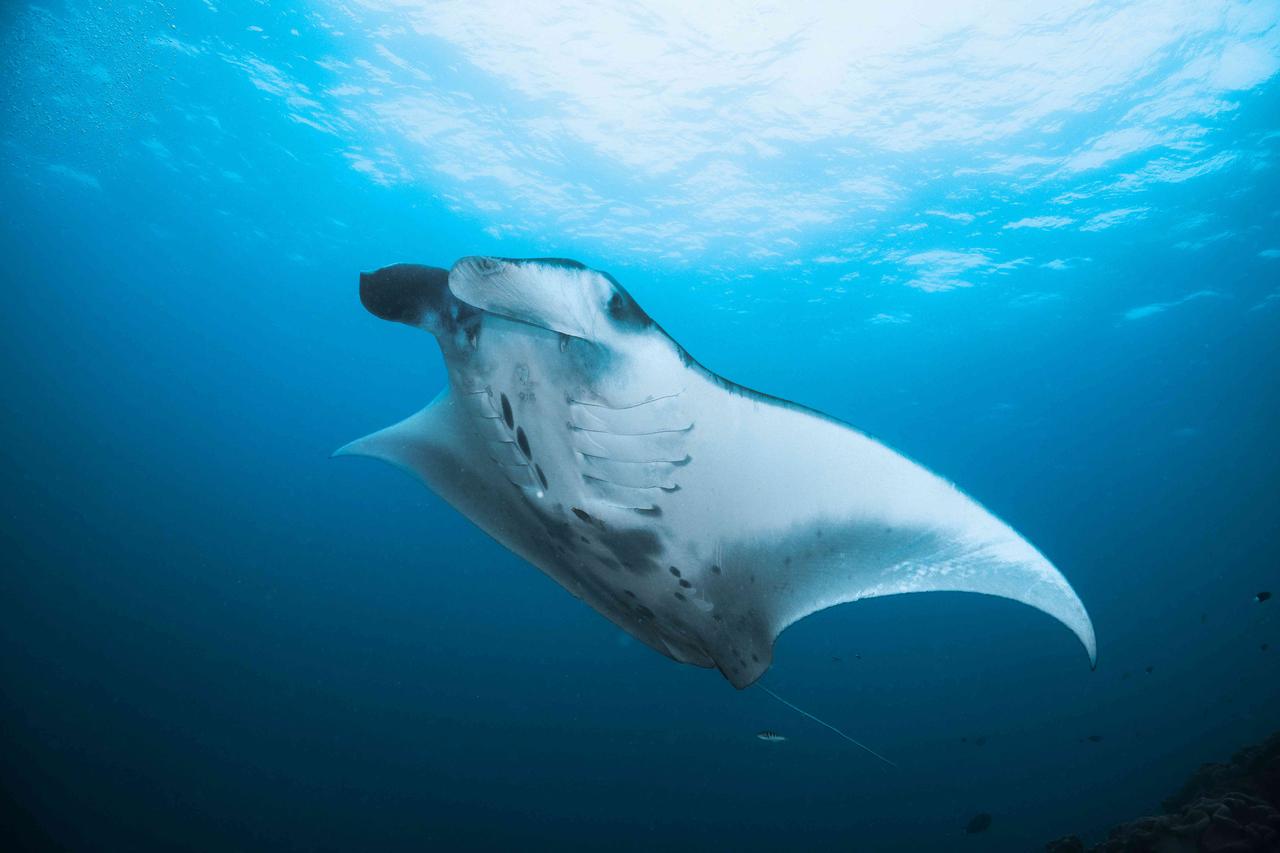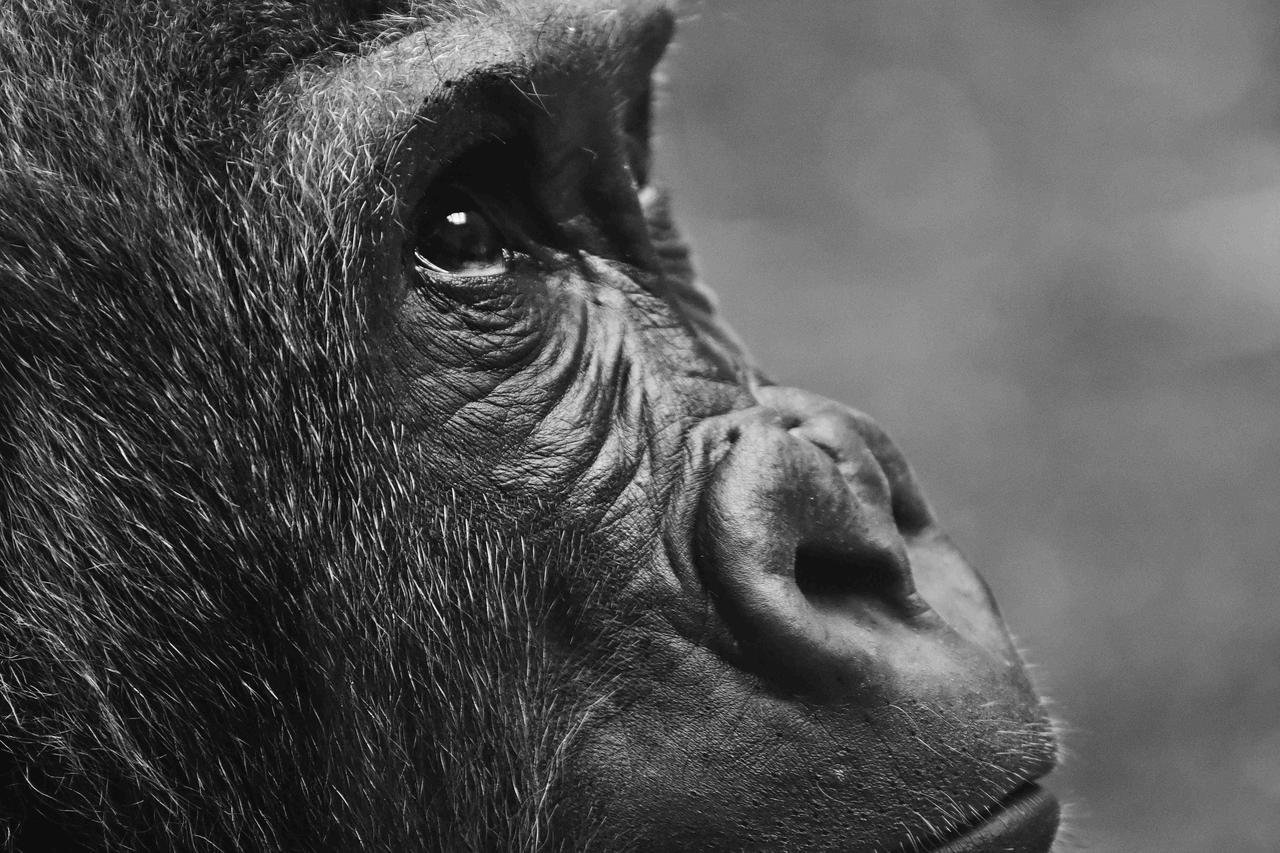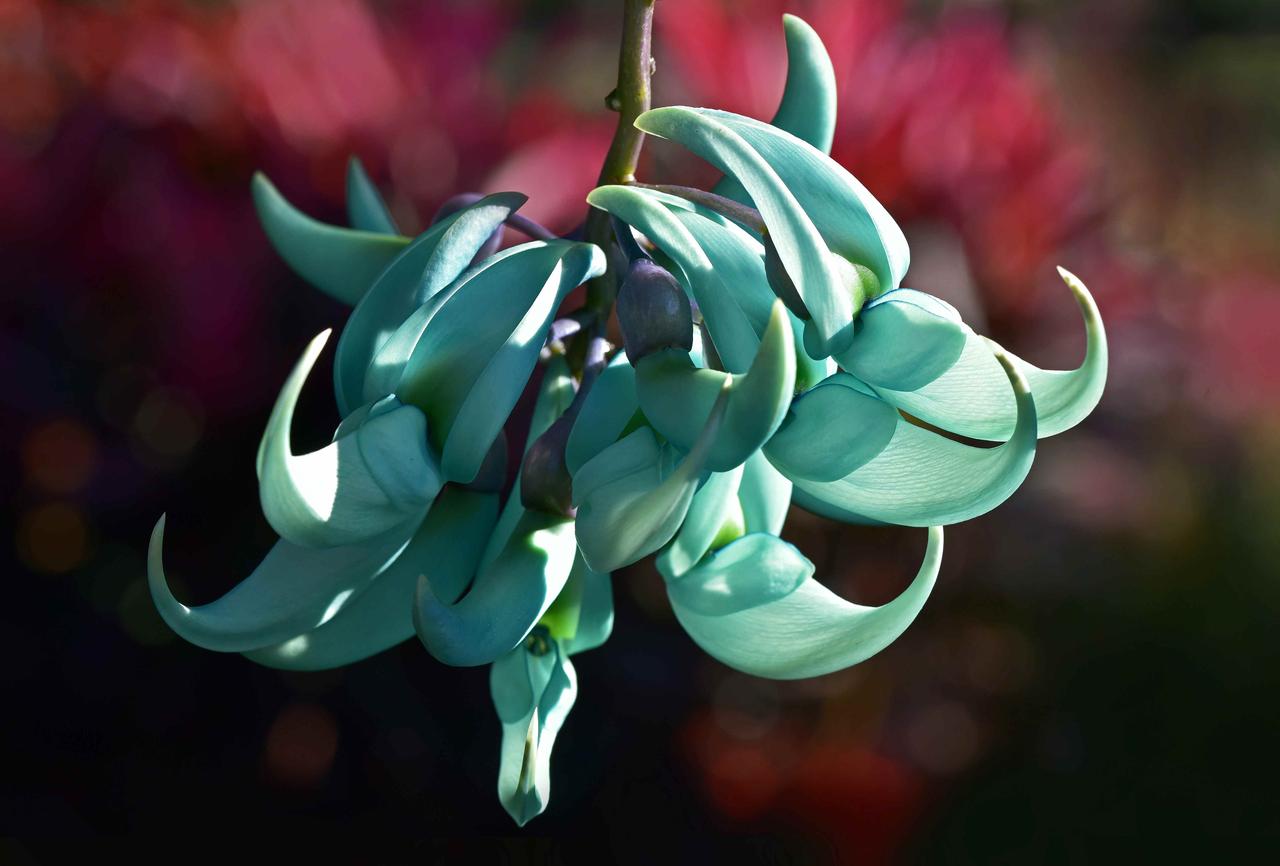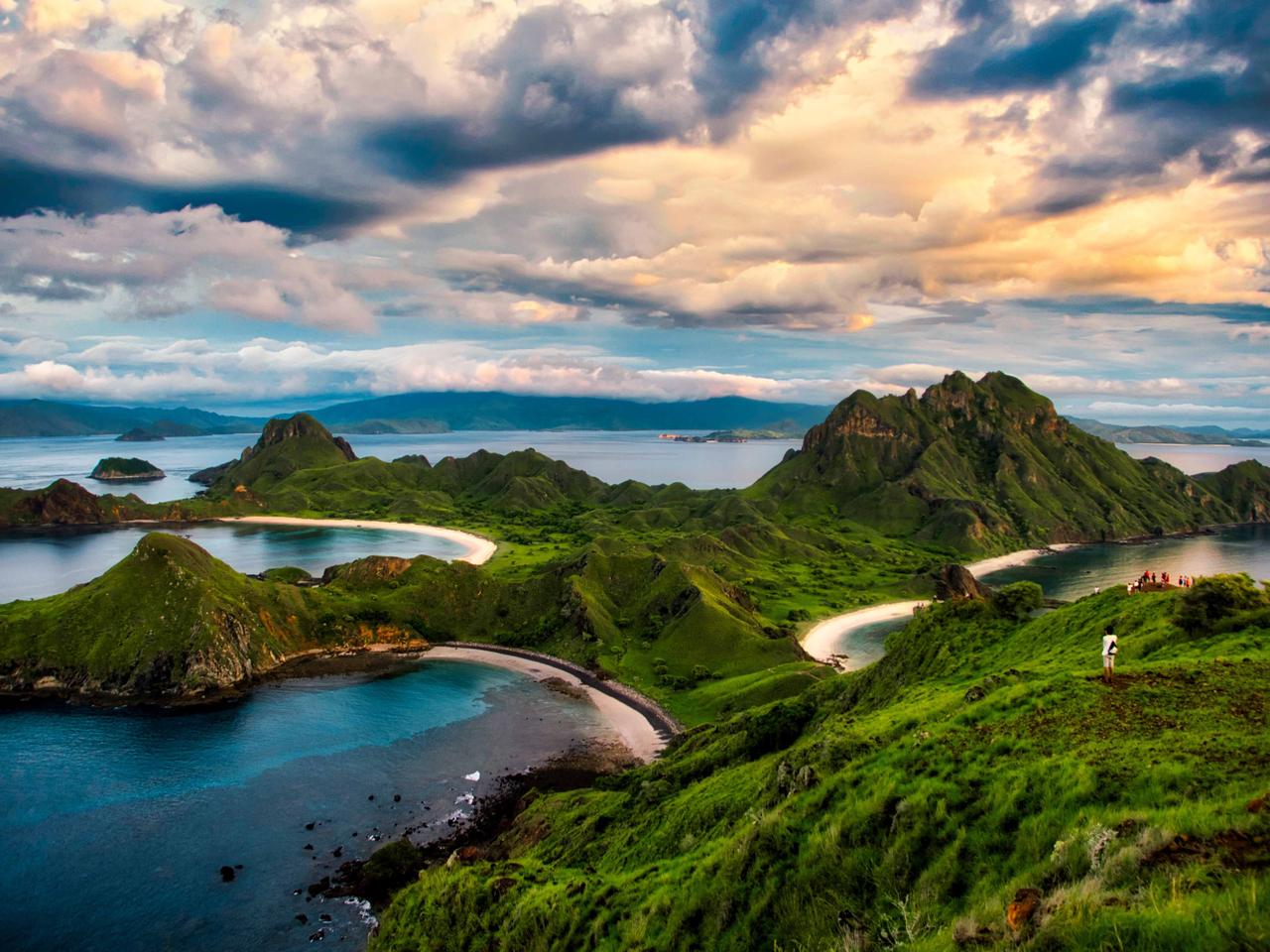
Many natural wonders are in danger of disappearing due to climate change and human activity. Some may be gone before the end of the century.
Our KEEP EARTH WILD campaign is all about celebrating the many wonderful places that exist in our wild world. Tourism sustains many economies, but many of the travel destinations we know and love are disappearing because of human activity. Here are just a few…
Great Barrier Reef — Australia
The Great Barrier Reef is considered one of the seven natural wonders of the world. A collection of over 3,000 individual reefs and 900 islands, it is the world’s largest coral reef system, home to over 9,000 known species. Millions of tourists visit this oceanic marvel each year — swimming, scuba diving, and snorkeling. But in the last 25 years, nearly 50% of the Great Barrier Reef has disappeared due to climate change. At its current rate of decline, scientists worry the reef could be gone in the next 20 years.
The Everglades — Florida, USA
Swamps may not be the first choice on anyones bucket list, but Florida’s Everglades absolutely should be at the top of yours. This vast stretch of swamps, savannas, and mangroves is home to some pretty remarkable wildlife: manatees, sea turtles, wading birds. It is also the sole home to the Florida panther — only 100 live in the wild today. Unfortunately, it is one of the most threatened parks in the United States. In the last 100 years, this critical ecosystem has shrunk by 50%.
Patagonia — Chile & Argentina
Soaring mountains, crystal-blue glacial lakes, golden grasslands — one step into Patagonia and you might feel like you’ve stepped foot into a wild wonderland. Considered one of the most beautiful and adventurous places on Earth, Patagonia stretches over 1 million square kilometers and consists of nine national parks. Here you can find the southernmost city in the world. Though humans have inhabited this region for over 10,000 years, there are nearly more penguins than there are people. You can also find wild horses, guanaco, puma and the giant Andean condor in this region. Aside from hosting incredible BIODIVERSITY, the Patagonian ice sheet is the third largest reservoir of freshwater — and one of the fastest melting glaciers in the world.
Komodo National Park — Komodo Island
The only place in the world where you can see the Komodo dragon, a visit to Komodo National Park is sure to incite nothing short of amazement. Consisting of 29 volcanic islands, the park’s terrain is incredibly diverse — from mountain hillsides to rainforests to white sand beaches — and rich in flora and fauna. But the center of attention on this island is the Komodo dragon, the largest lizard and reptile in the world, and one of the closest living relatives to the dinosaur. Fewer than 1,400 remain in the wild, but that could soon drop as climate change is expected to reduce their habitat by 30% over the next 45 years.
How to visit these places responsibly?
In the last 50 years, our planet lost nearly 70% of its wildlife. At this current rate, our wild lands may be gone in the next 50 years. Preserving these vanishing places, a support systems for our planet’s precious BIODIVERSITY, is vital to not only for sustaining our own wonder — but for sustaining life. Charitable donations through VAKOVAKO can help support organizations mitigating these declines, as can sustainable tourism. Check out some sustainable travel tips.
KEEP EARTH WILD — Sometimes, it’s good to go wild.





